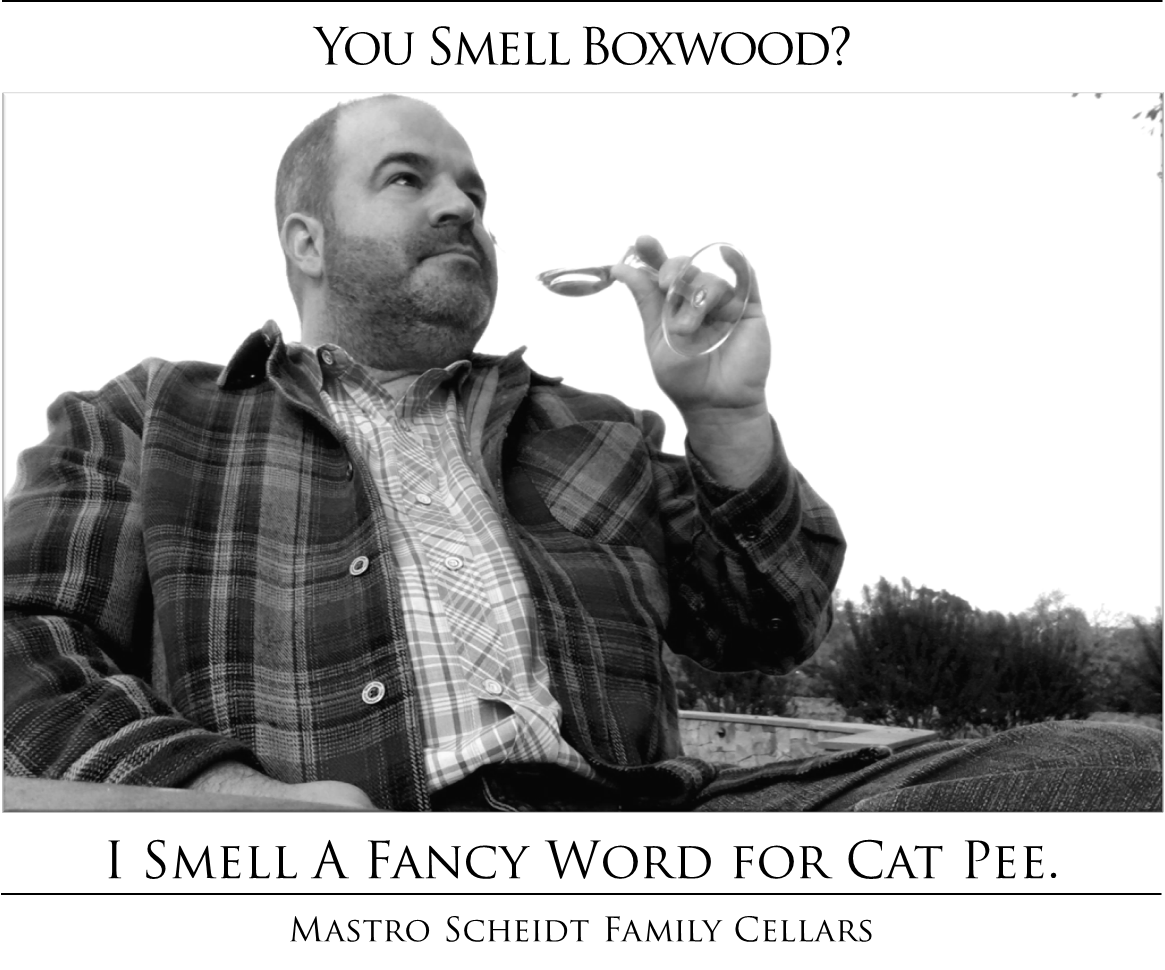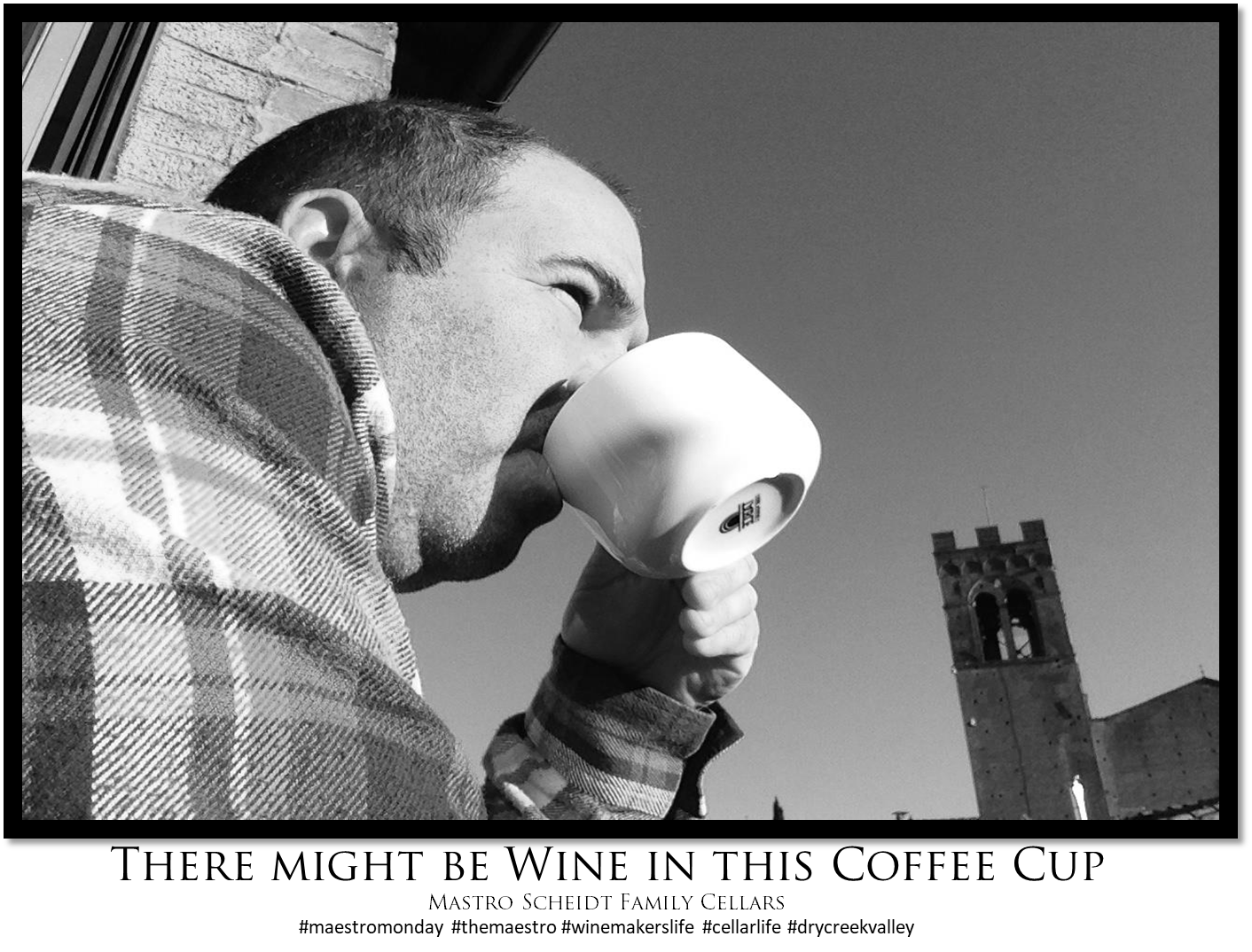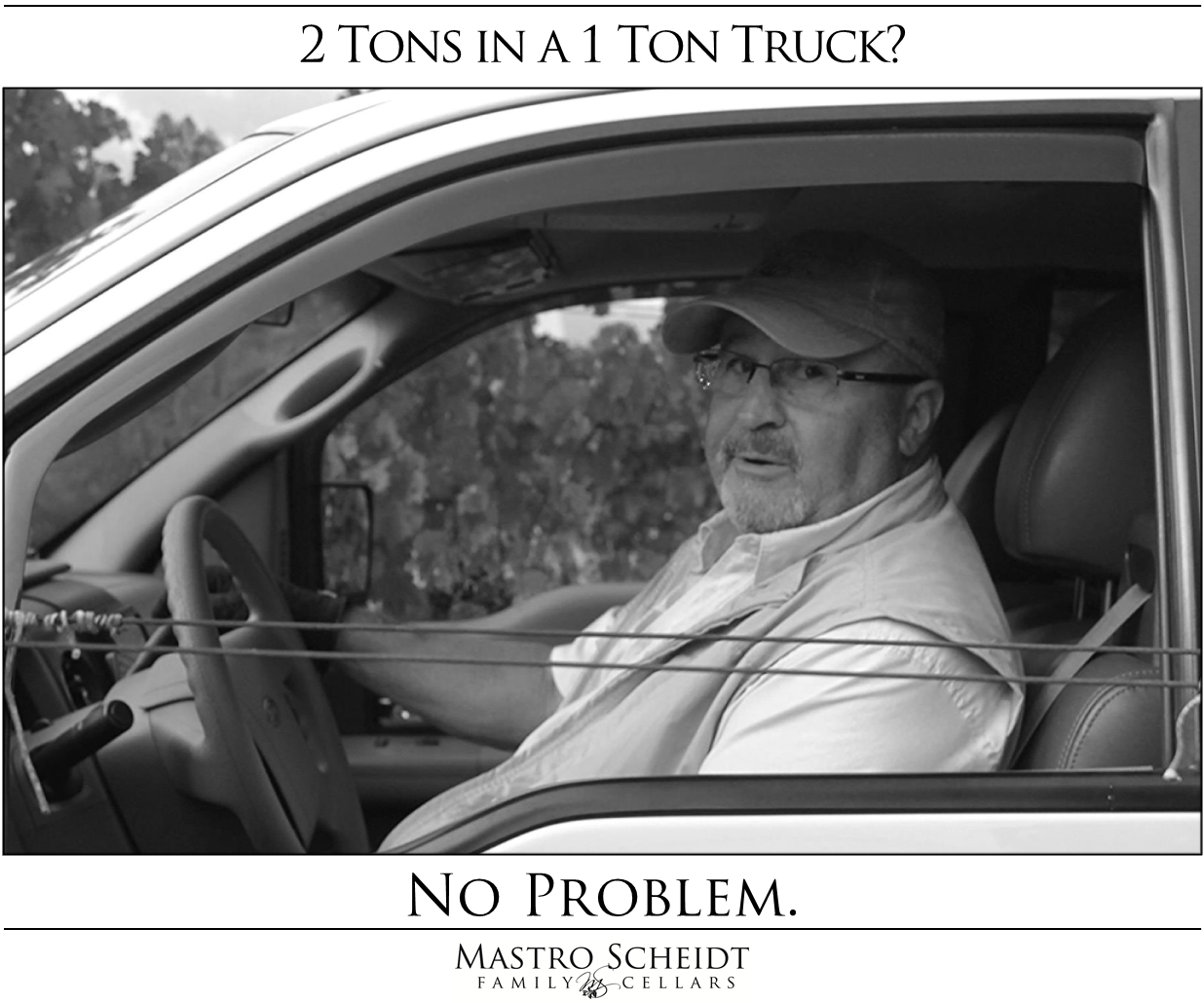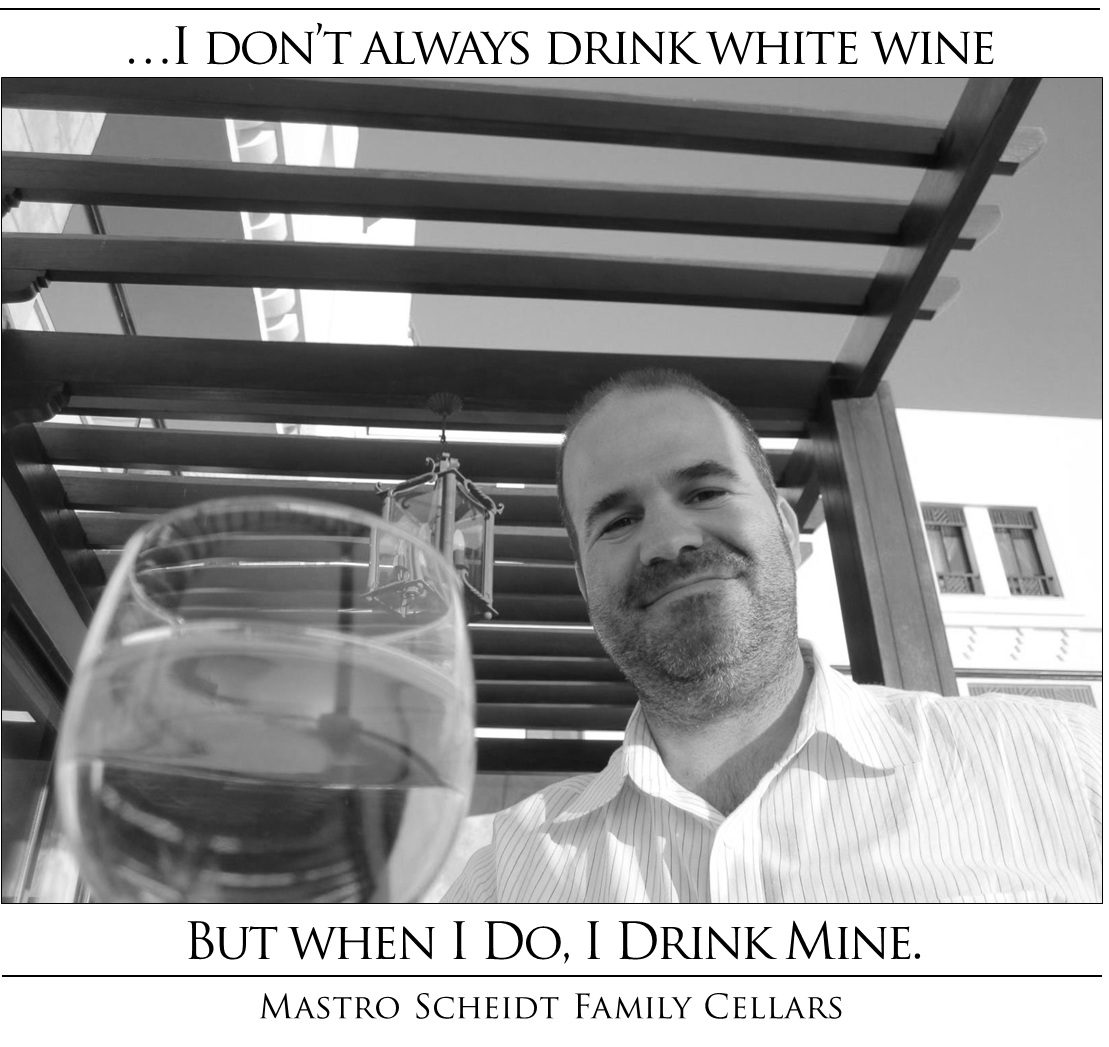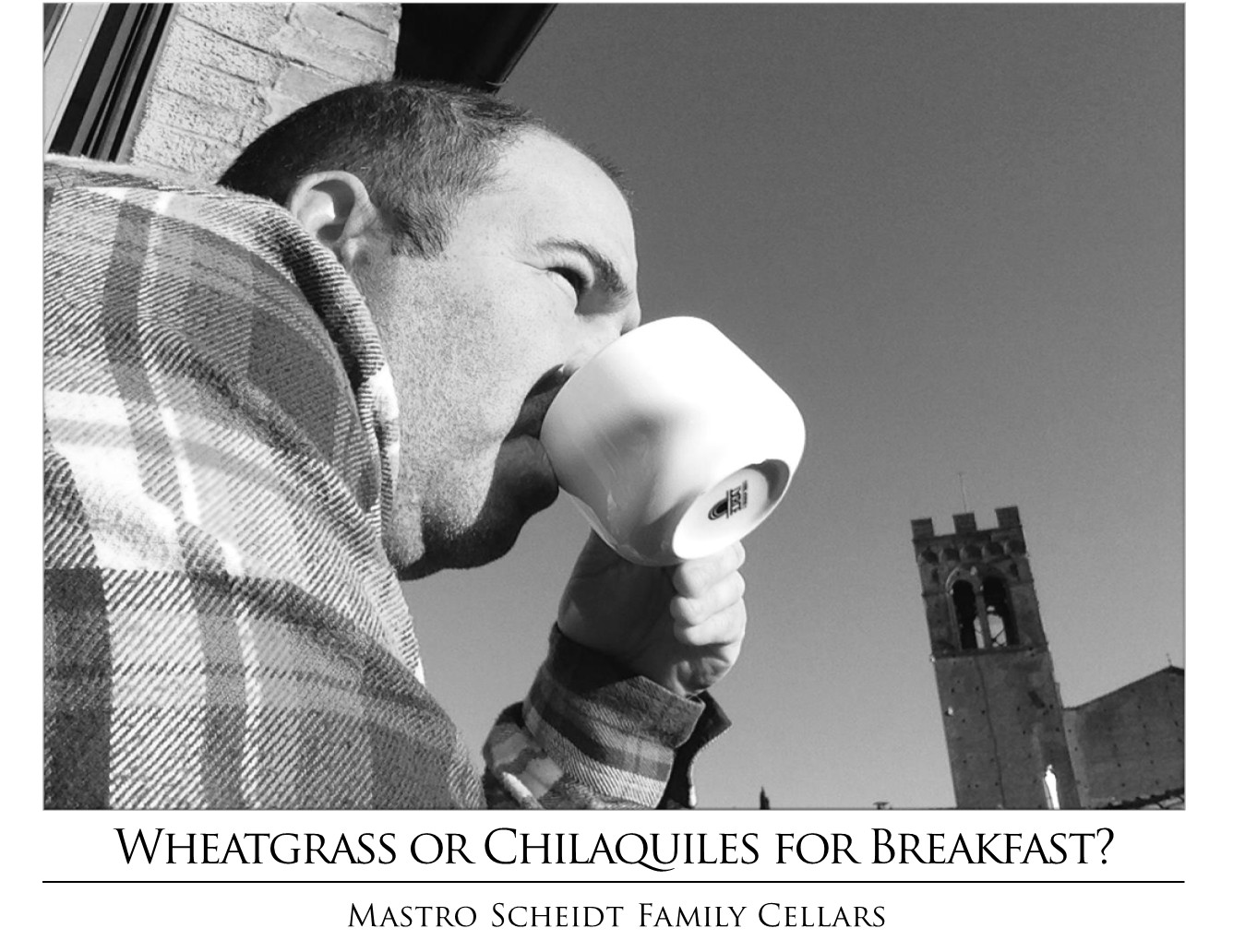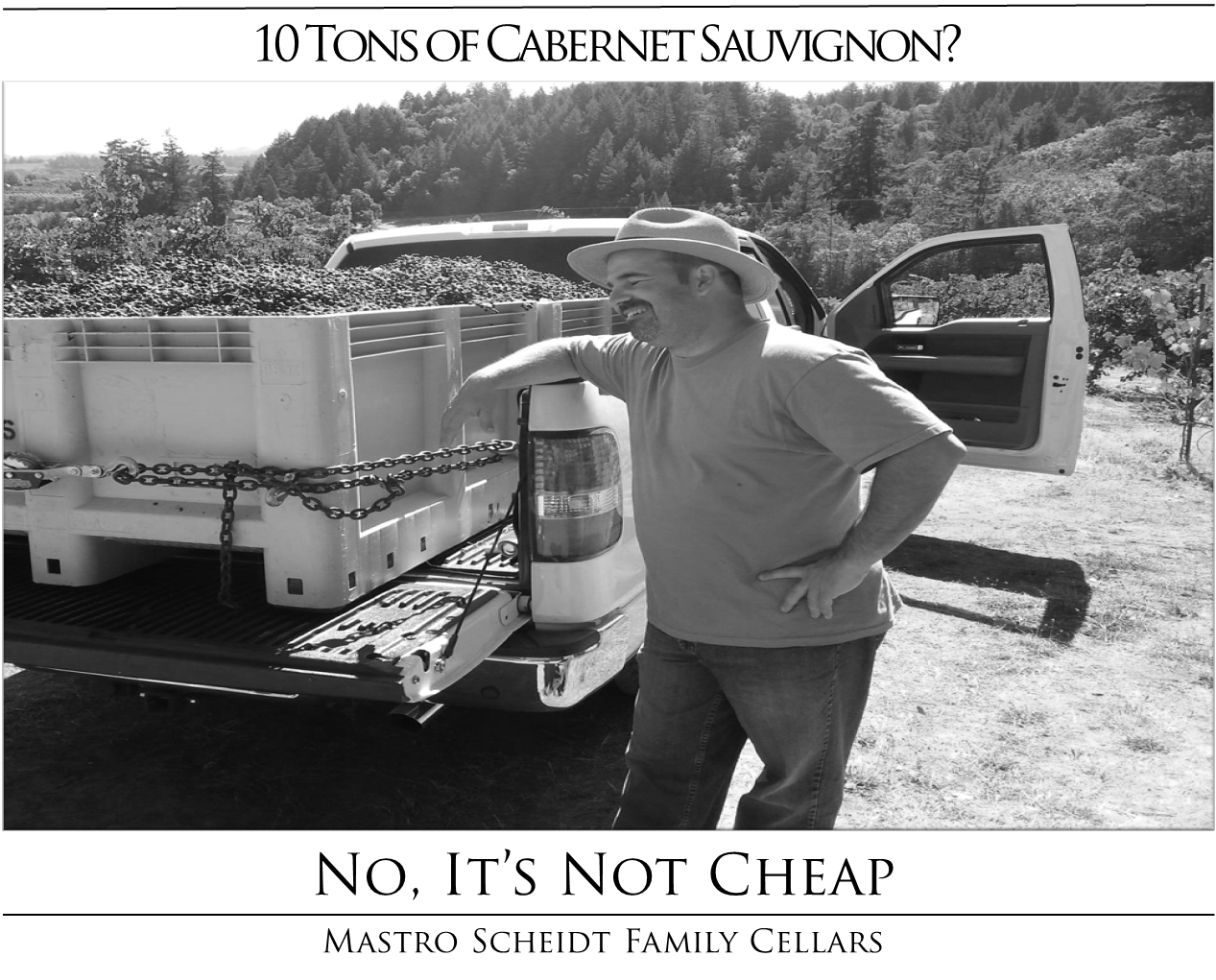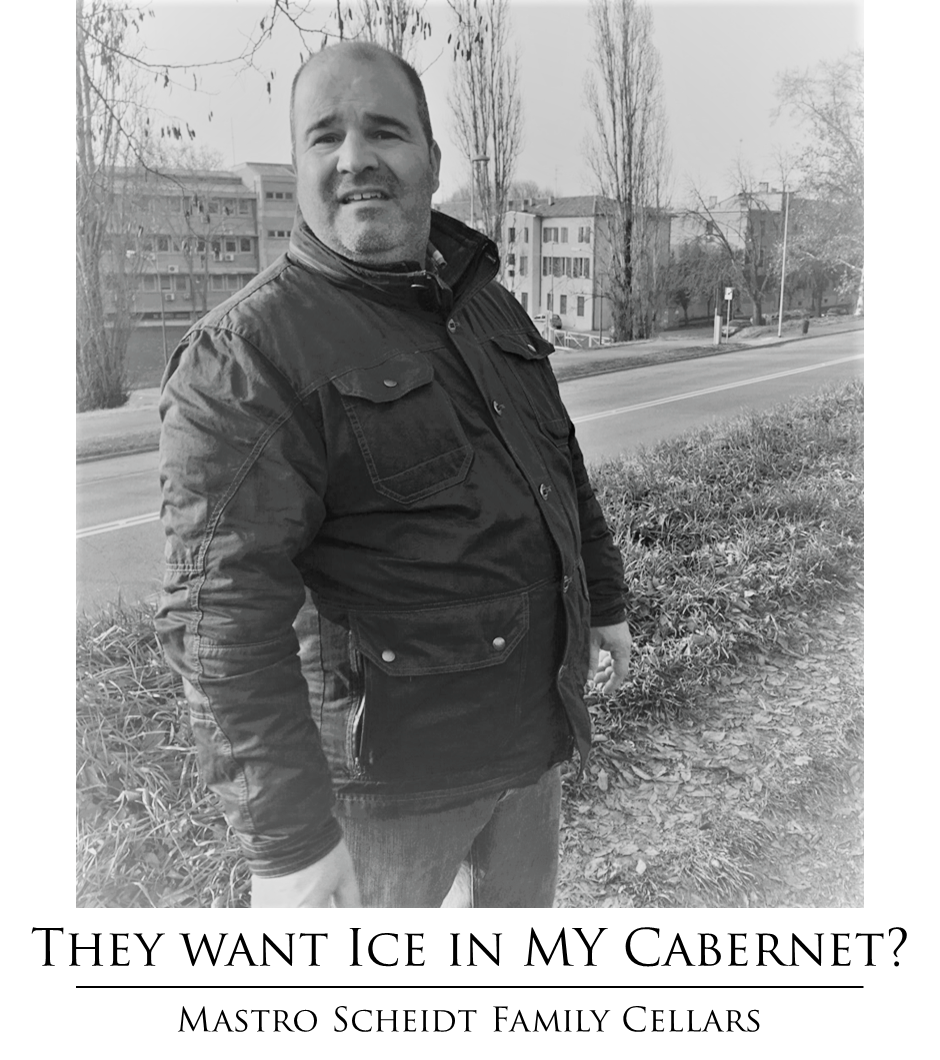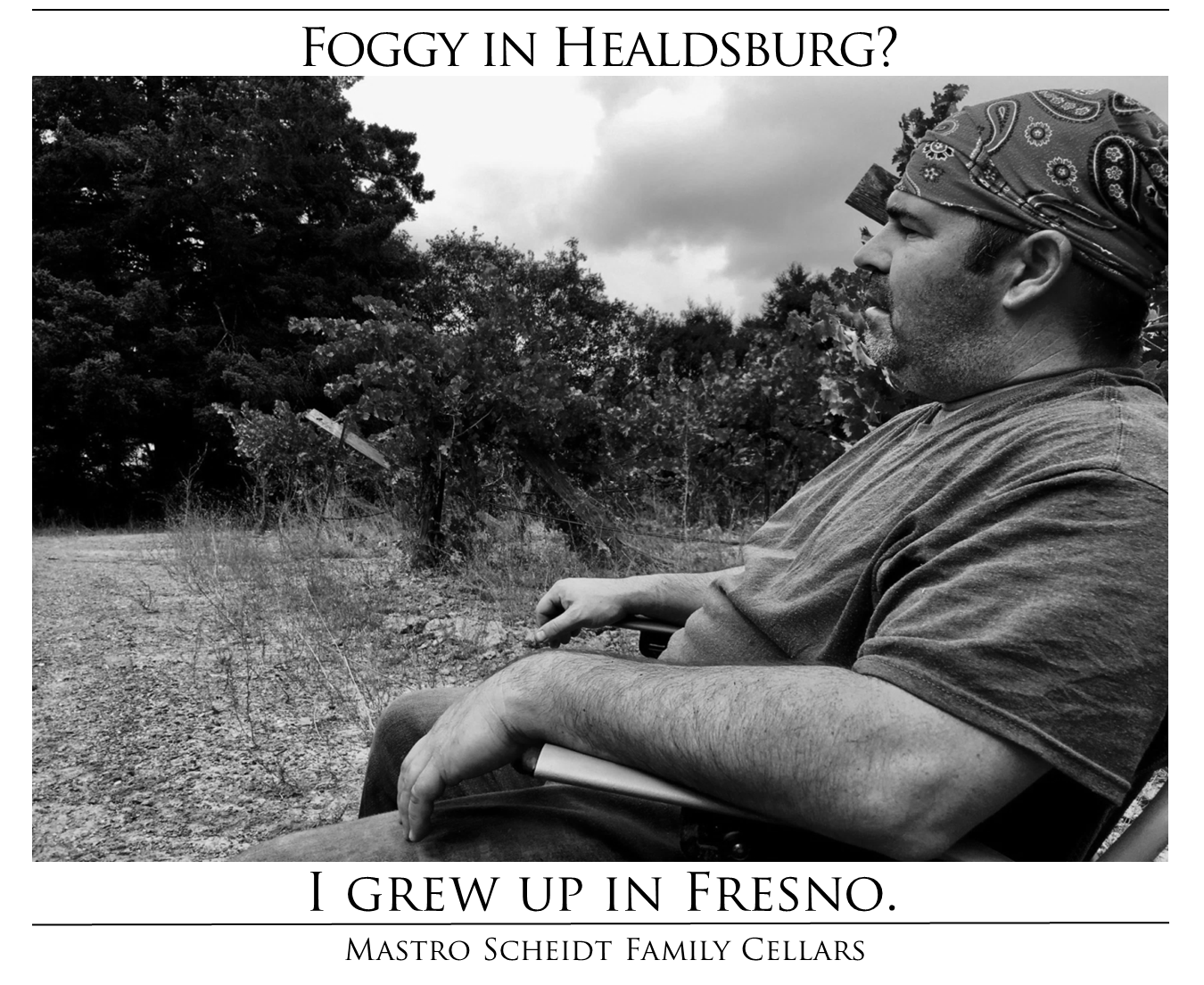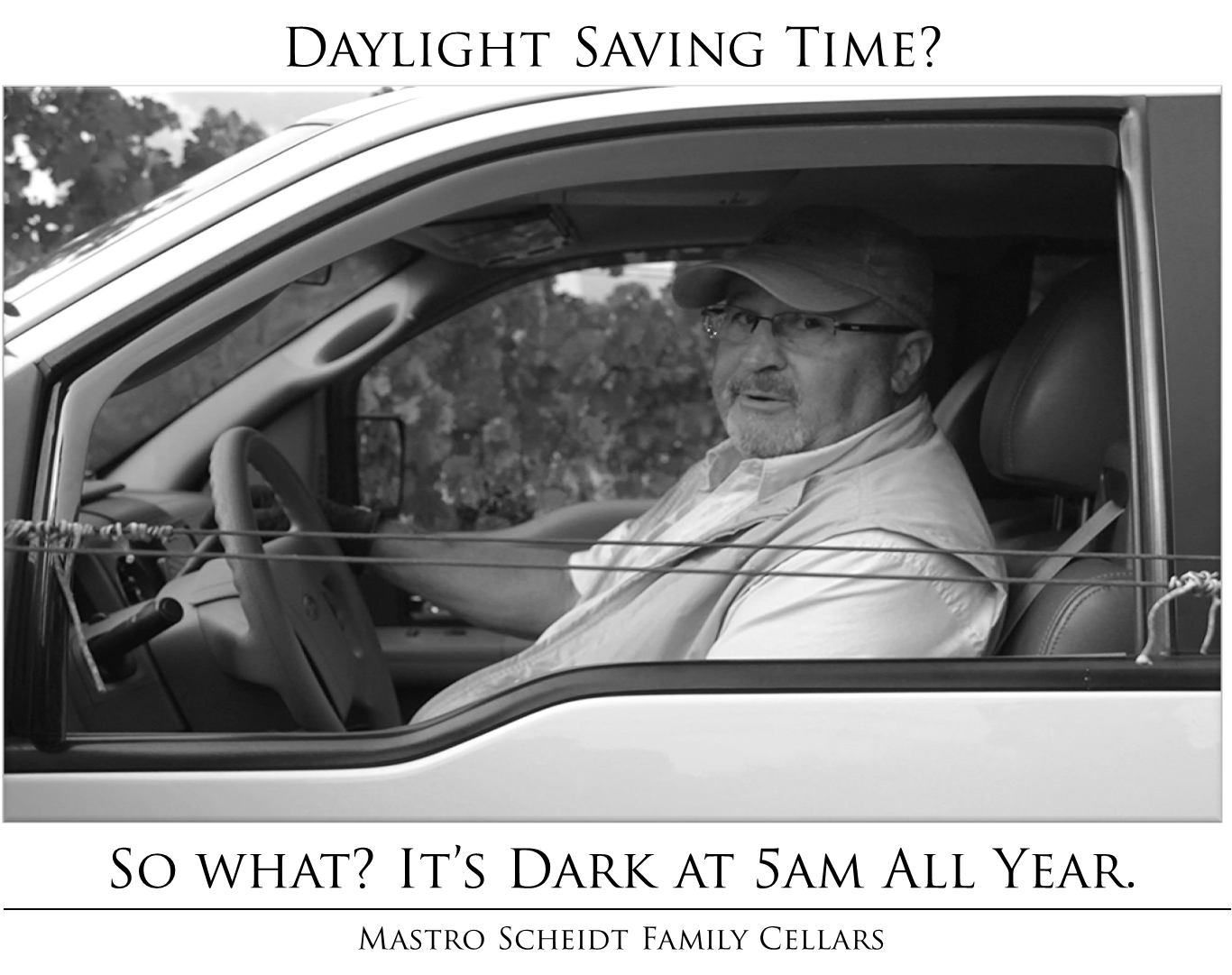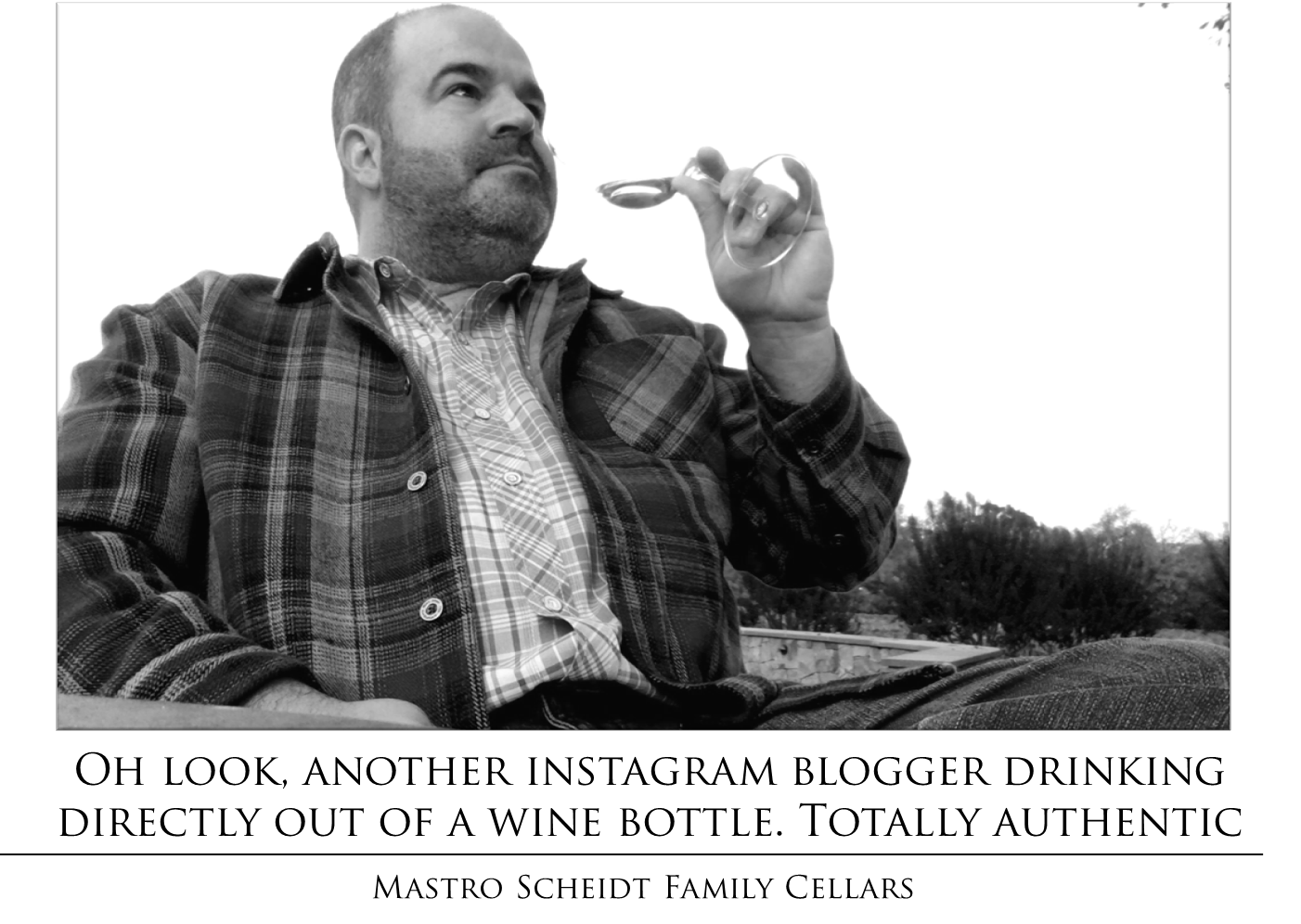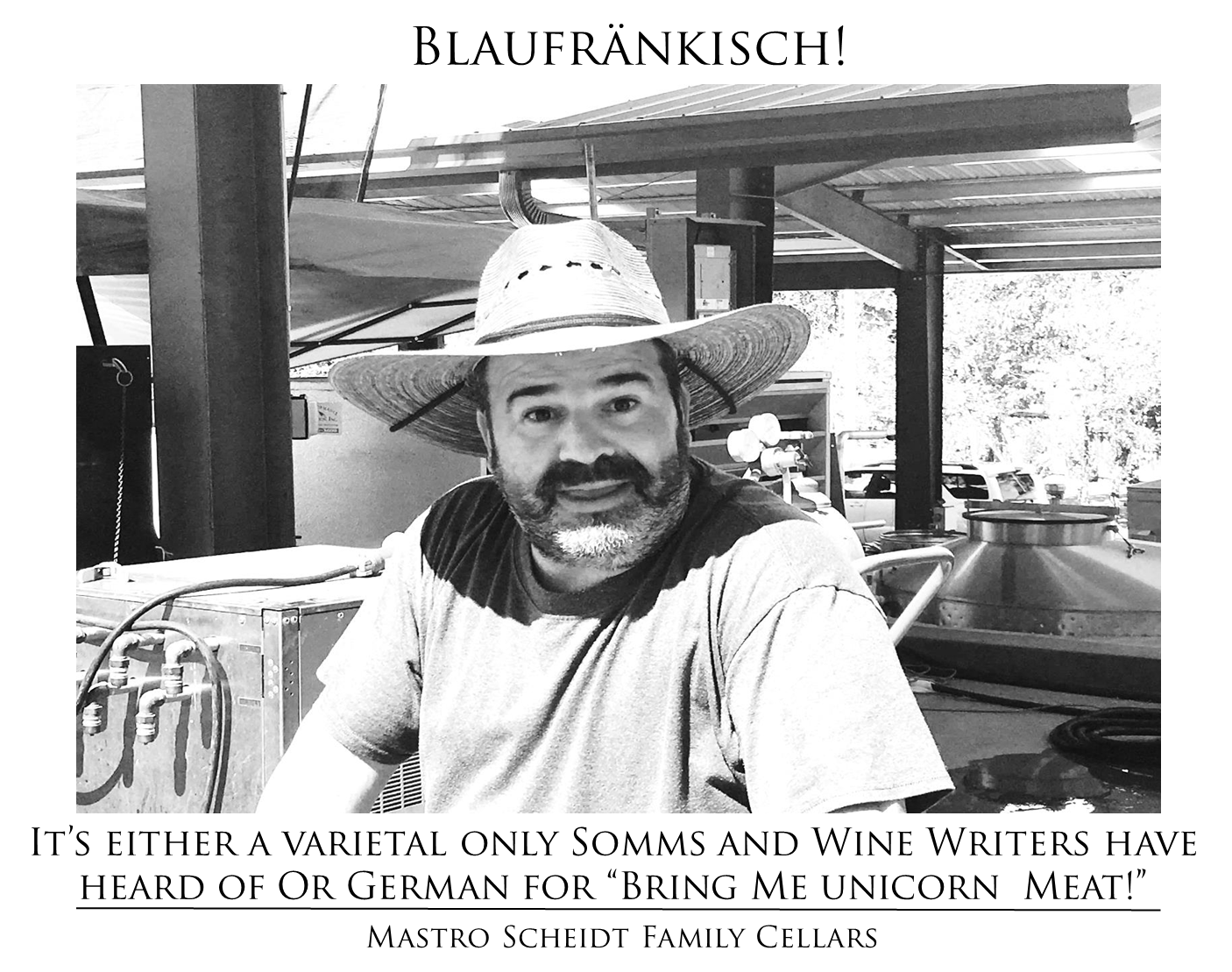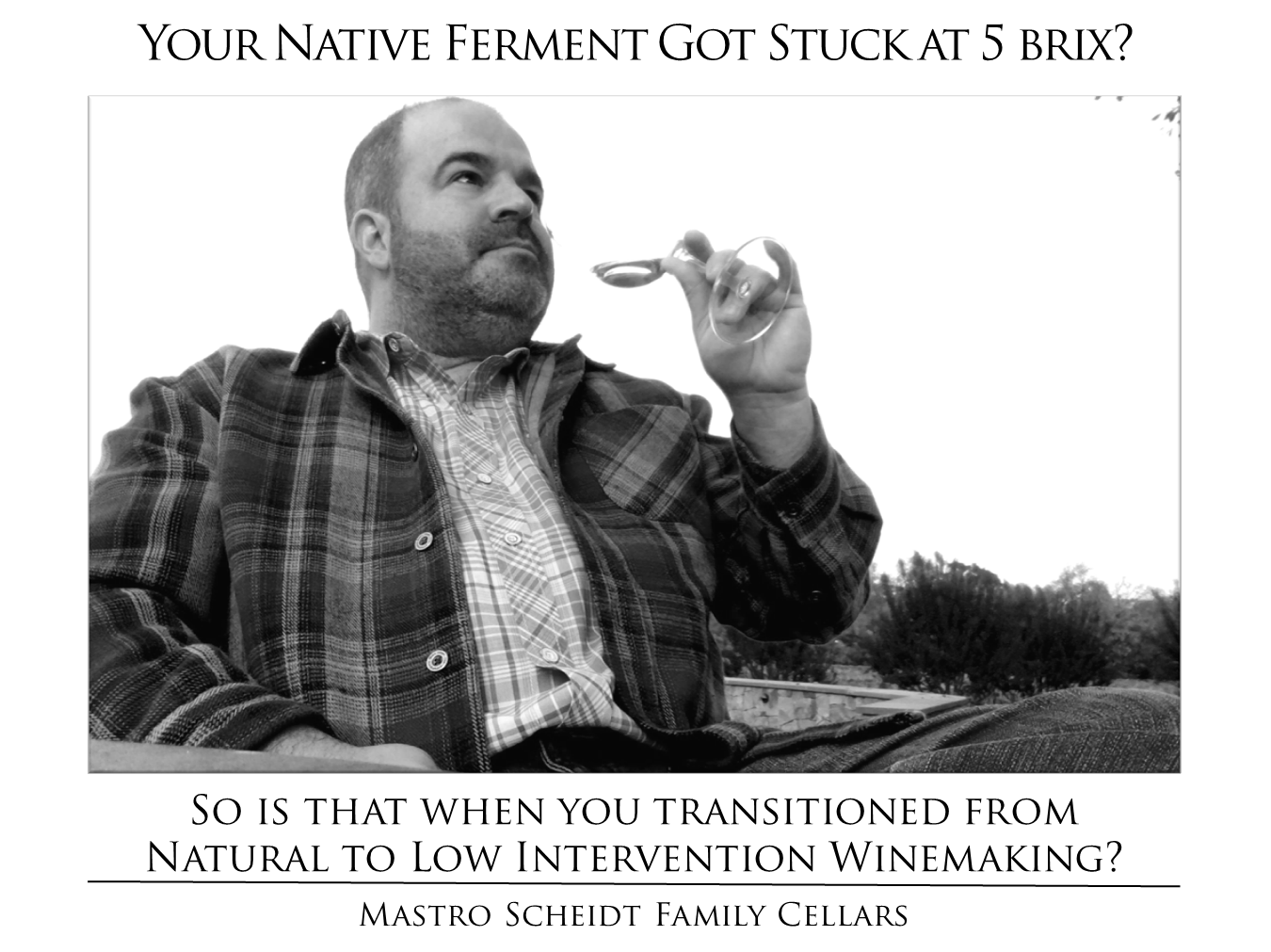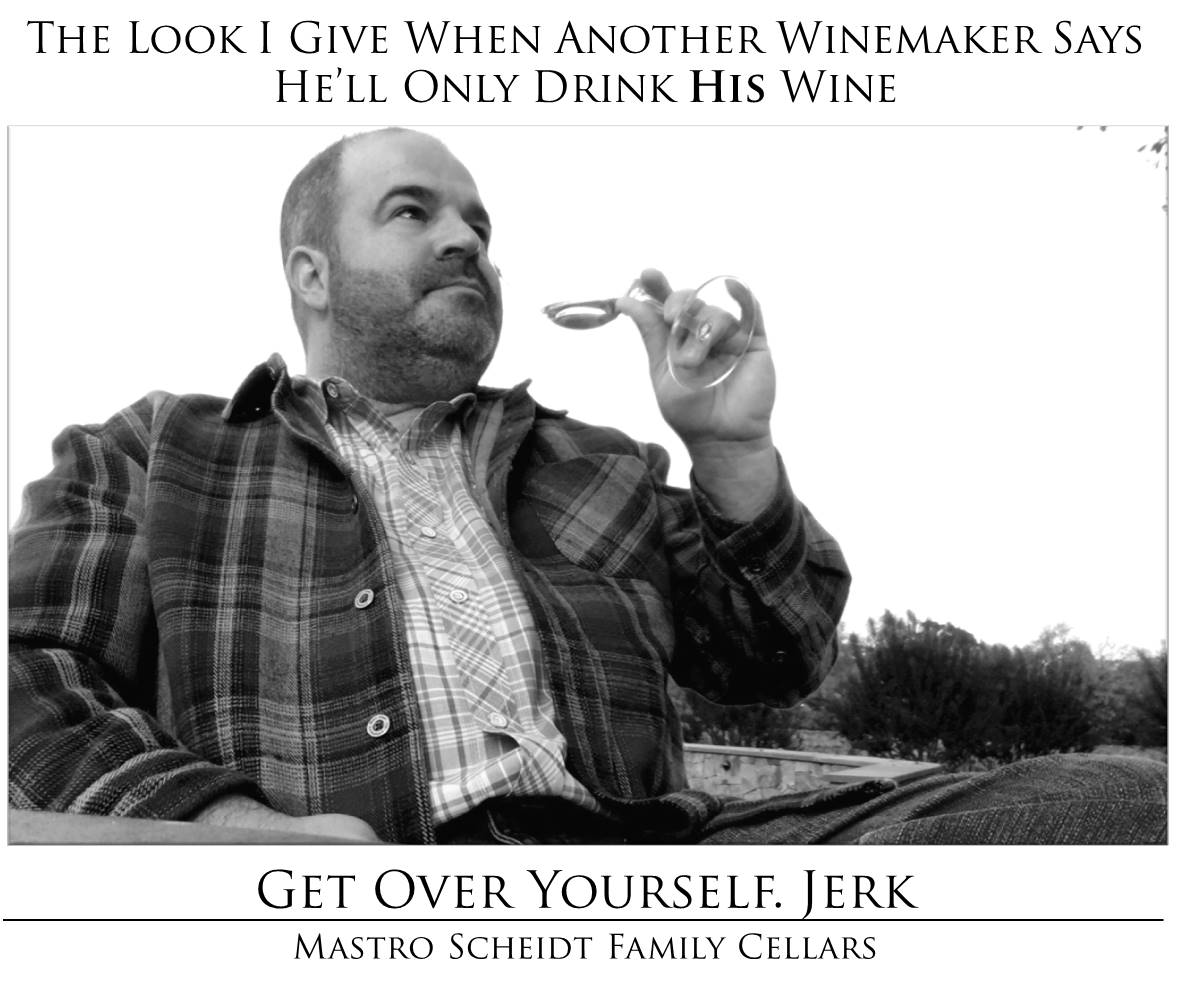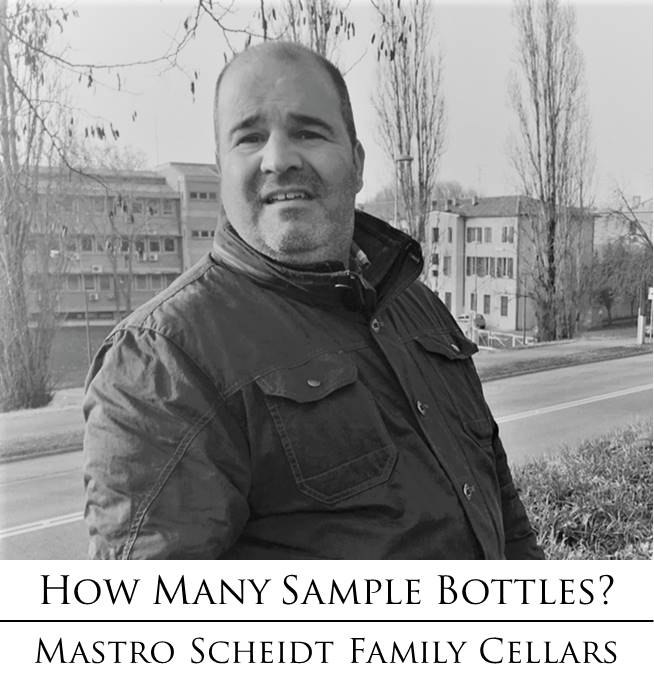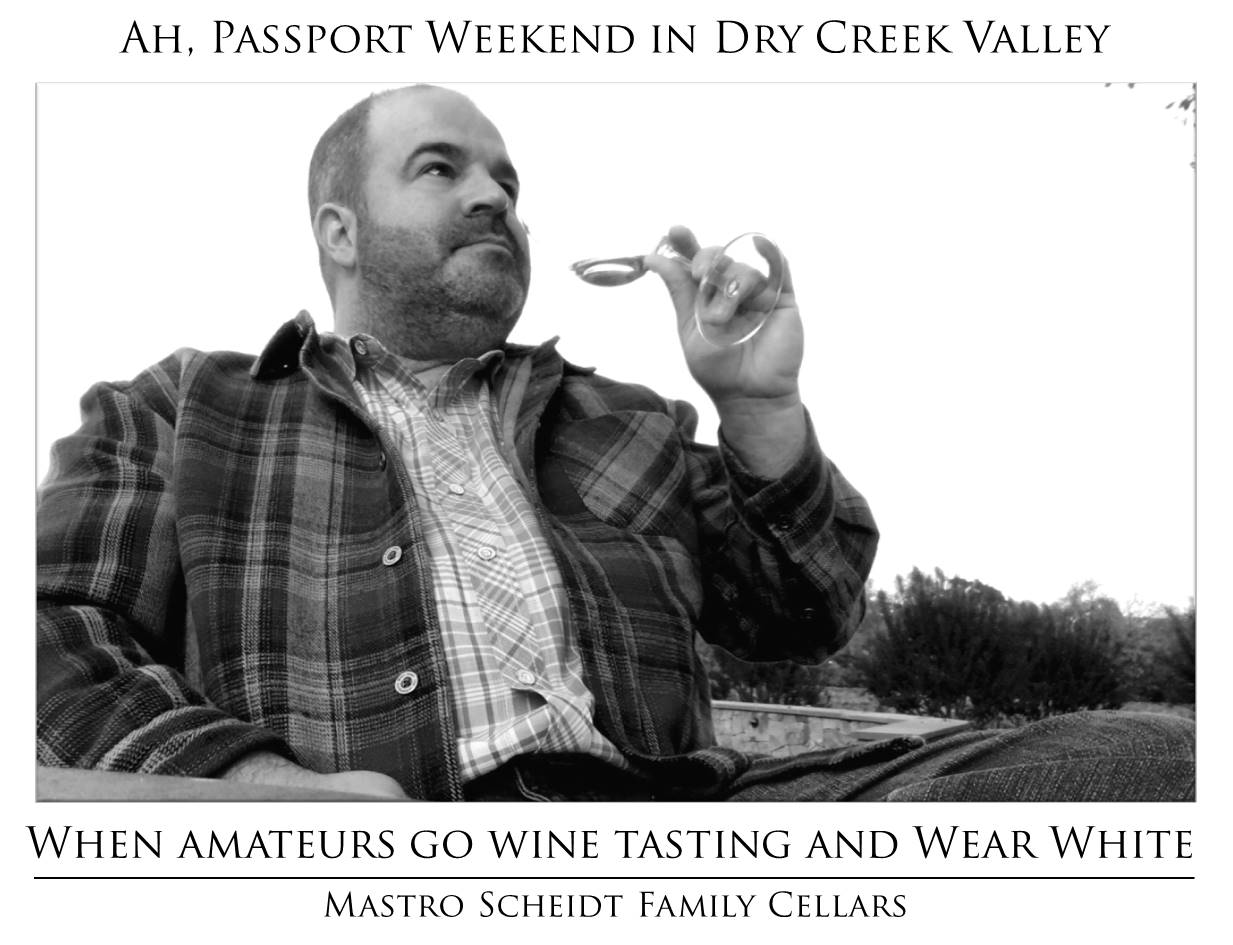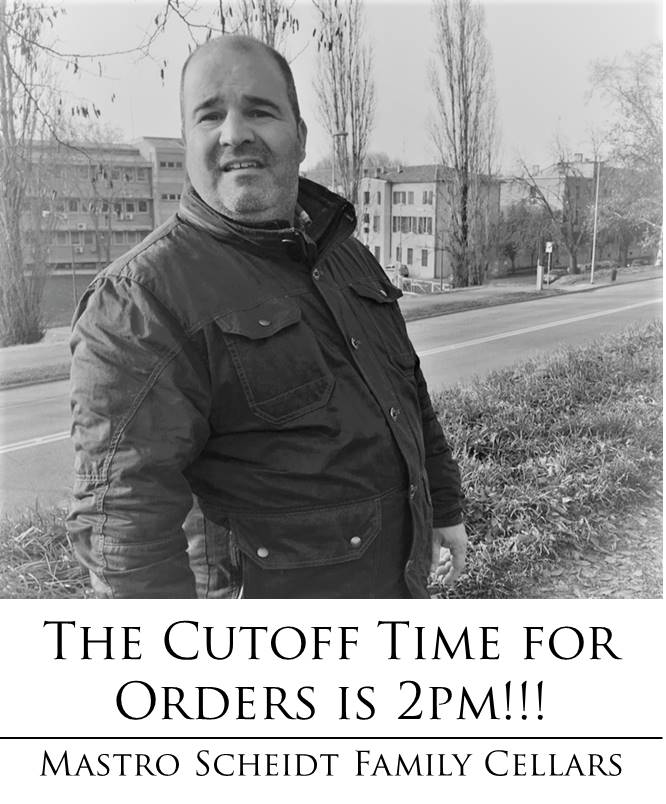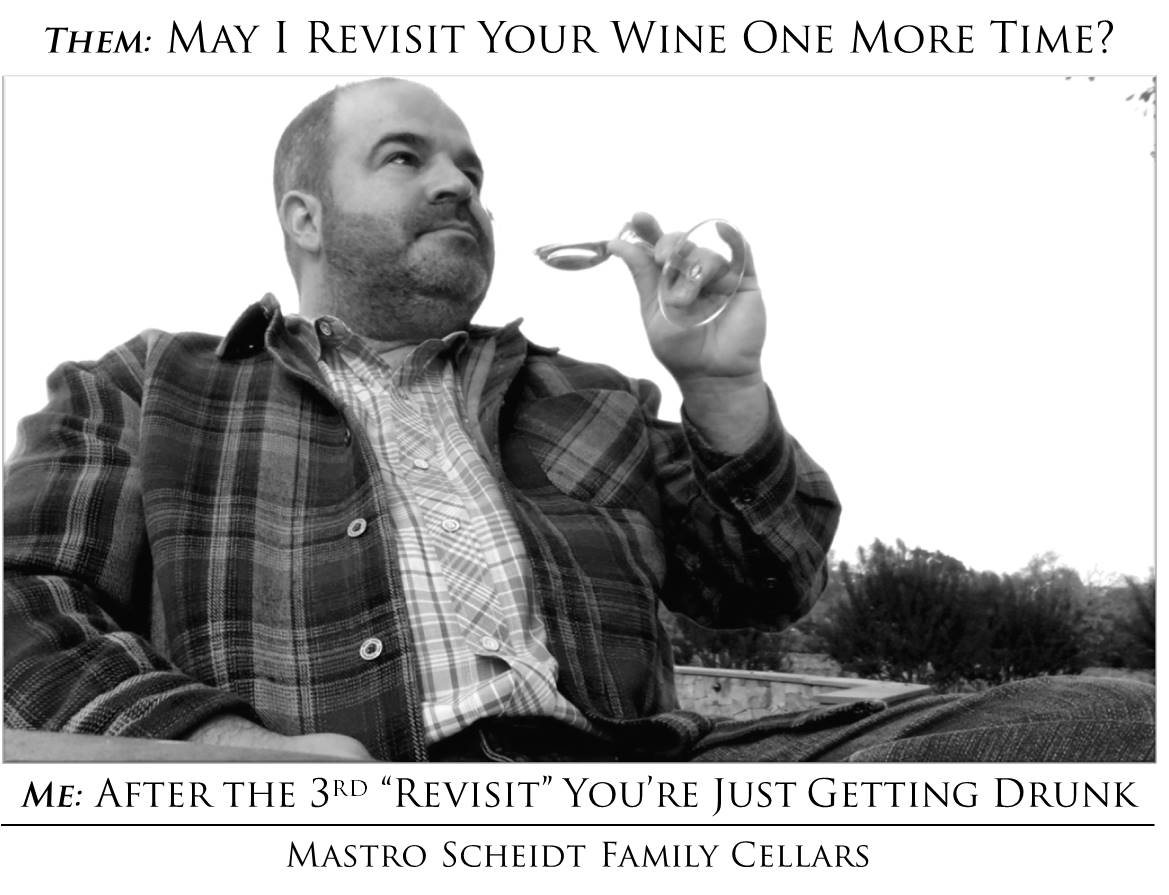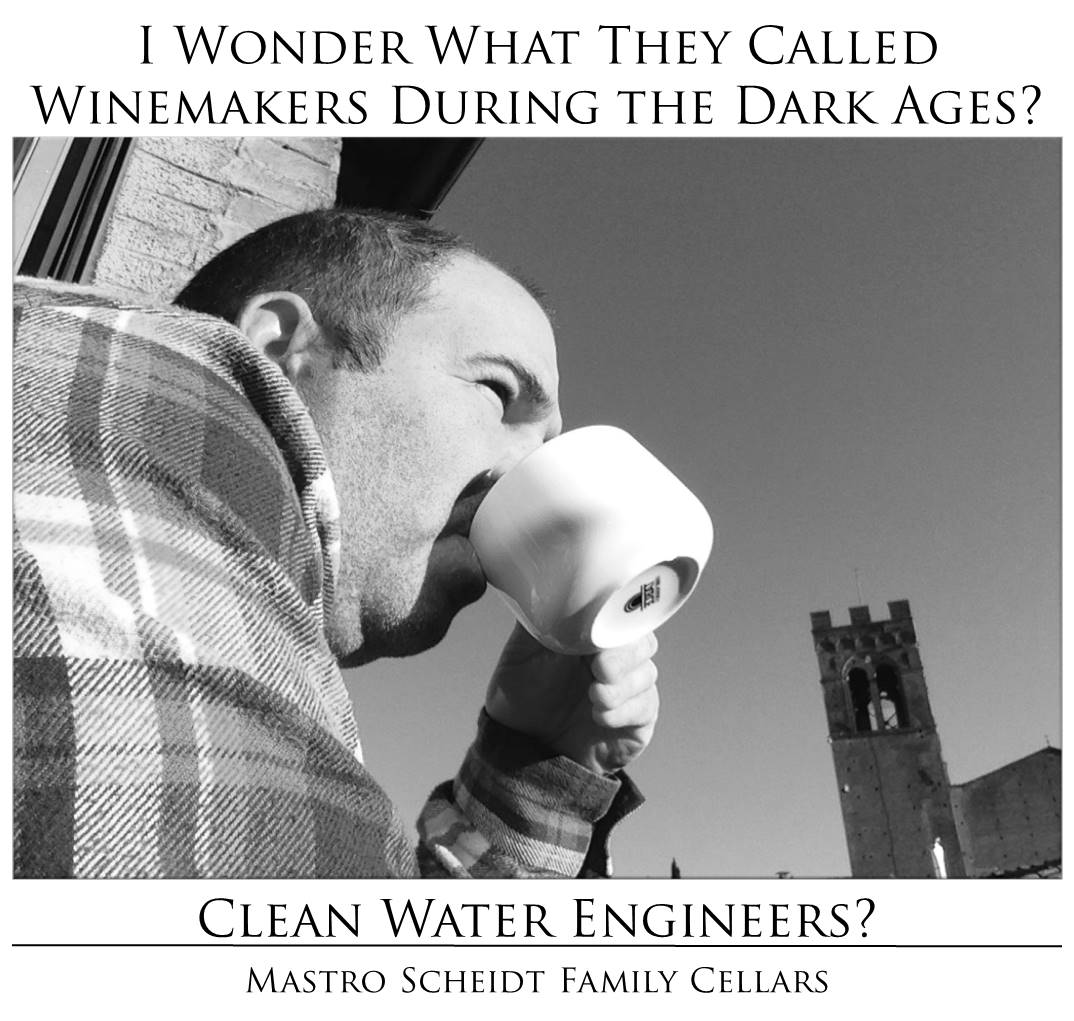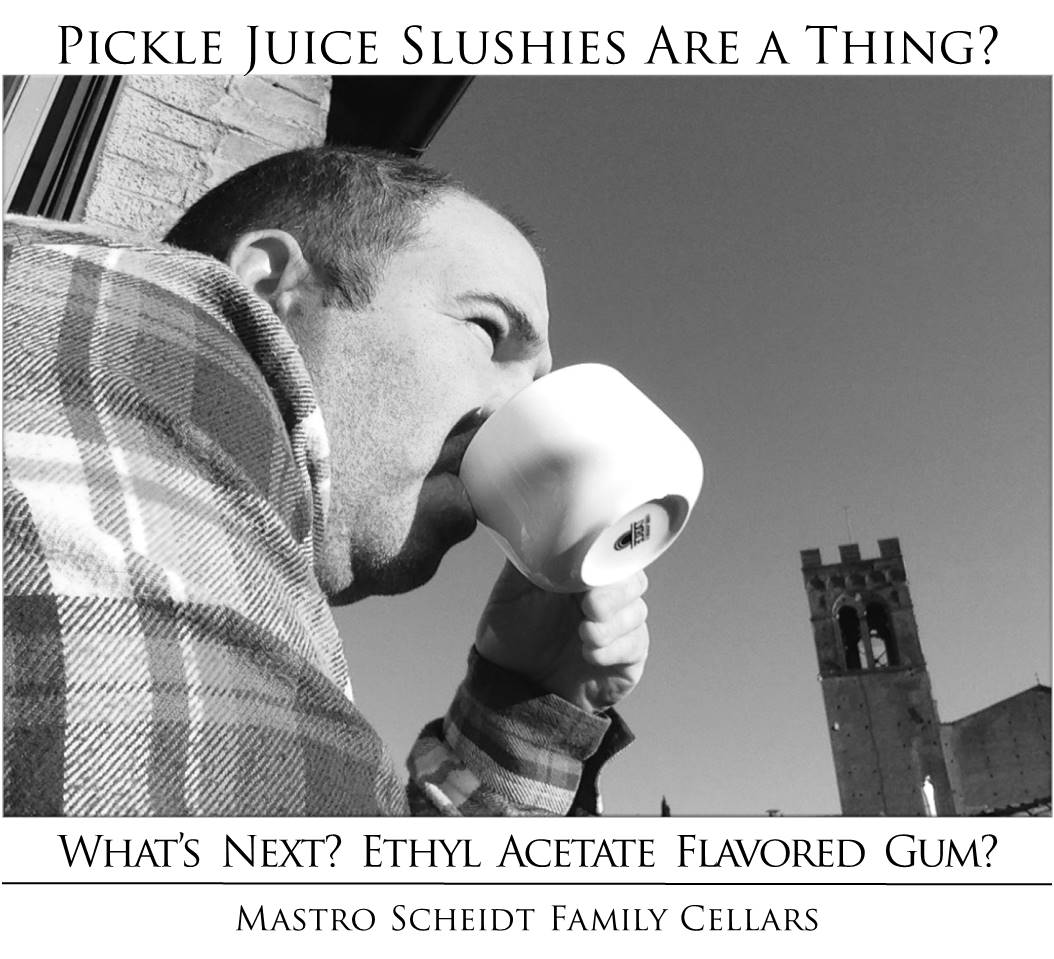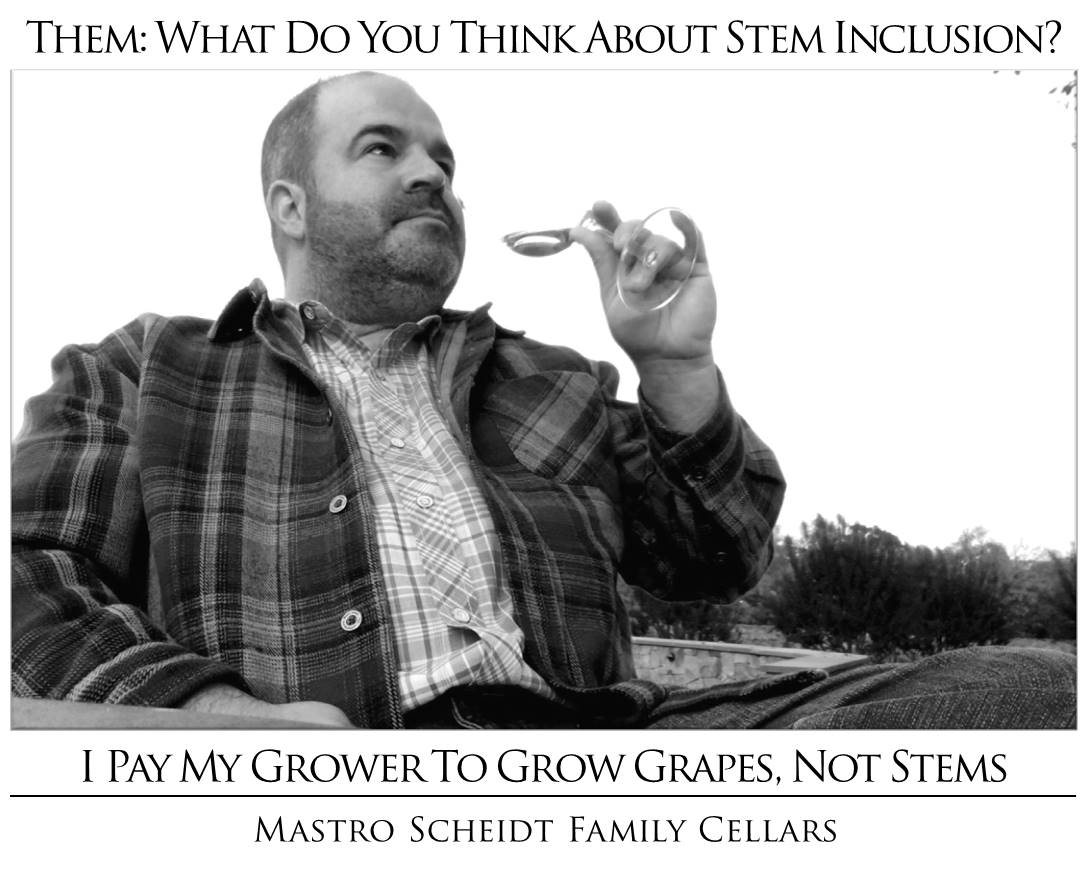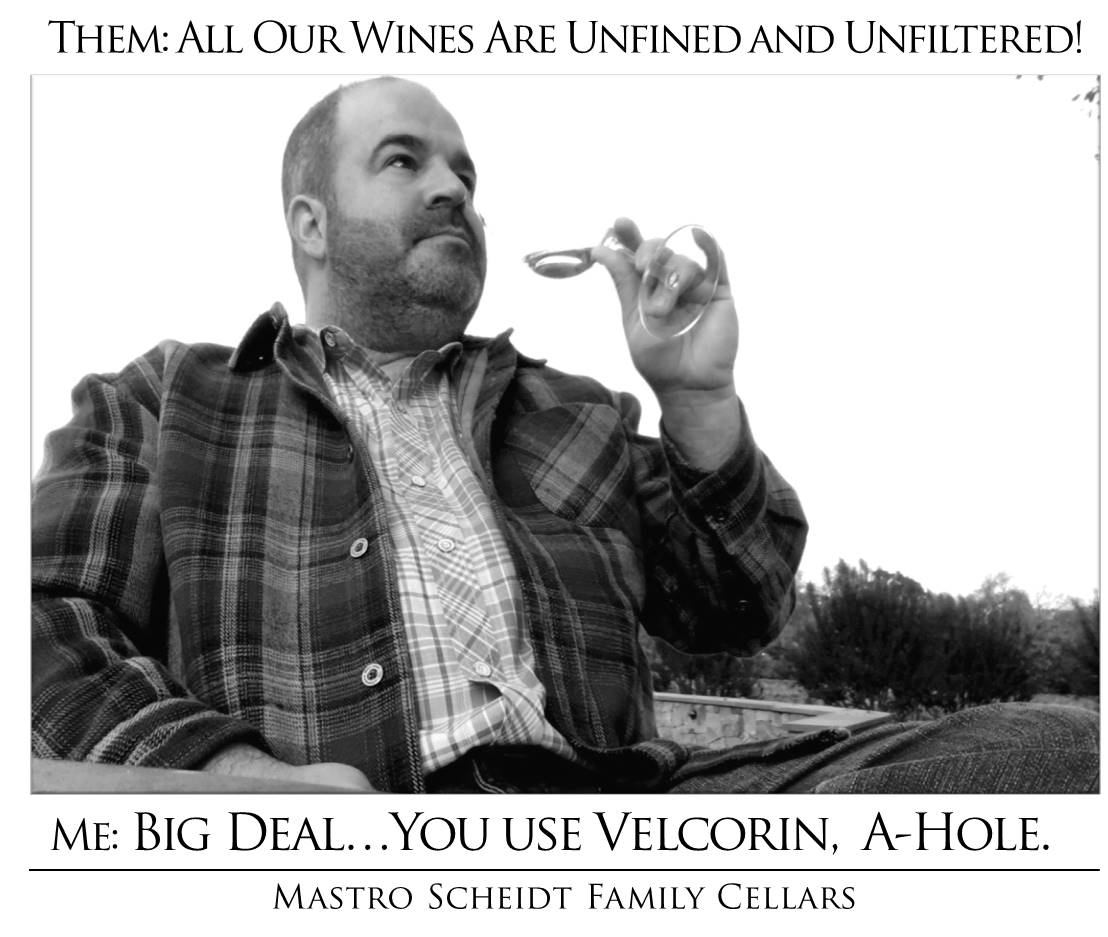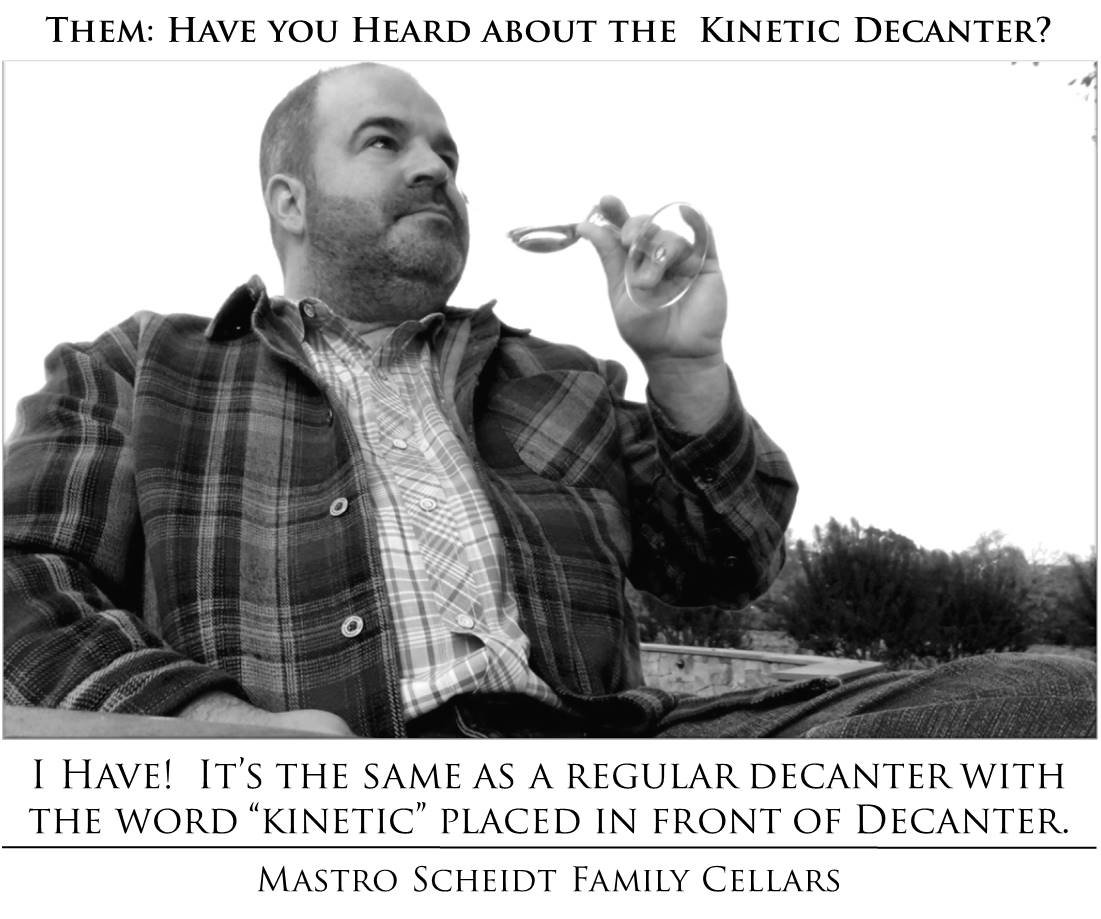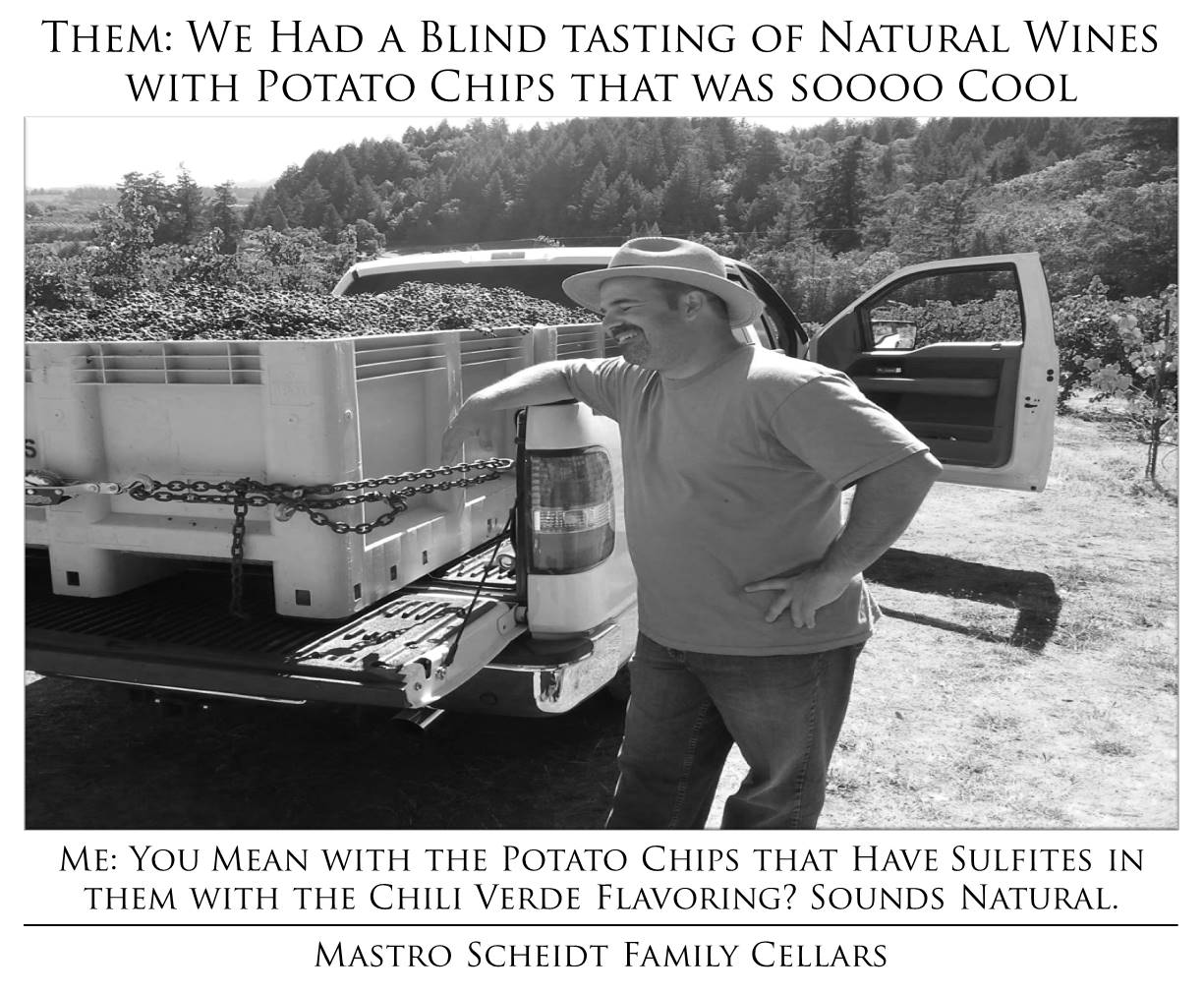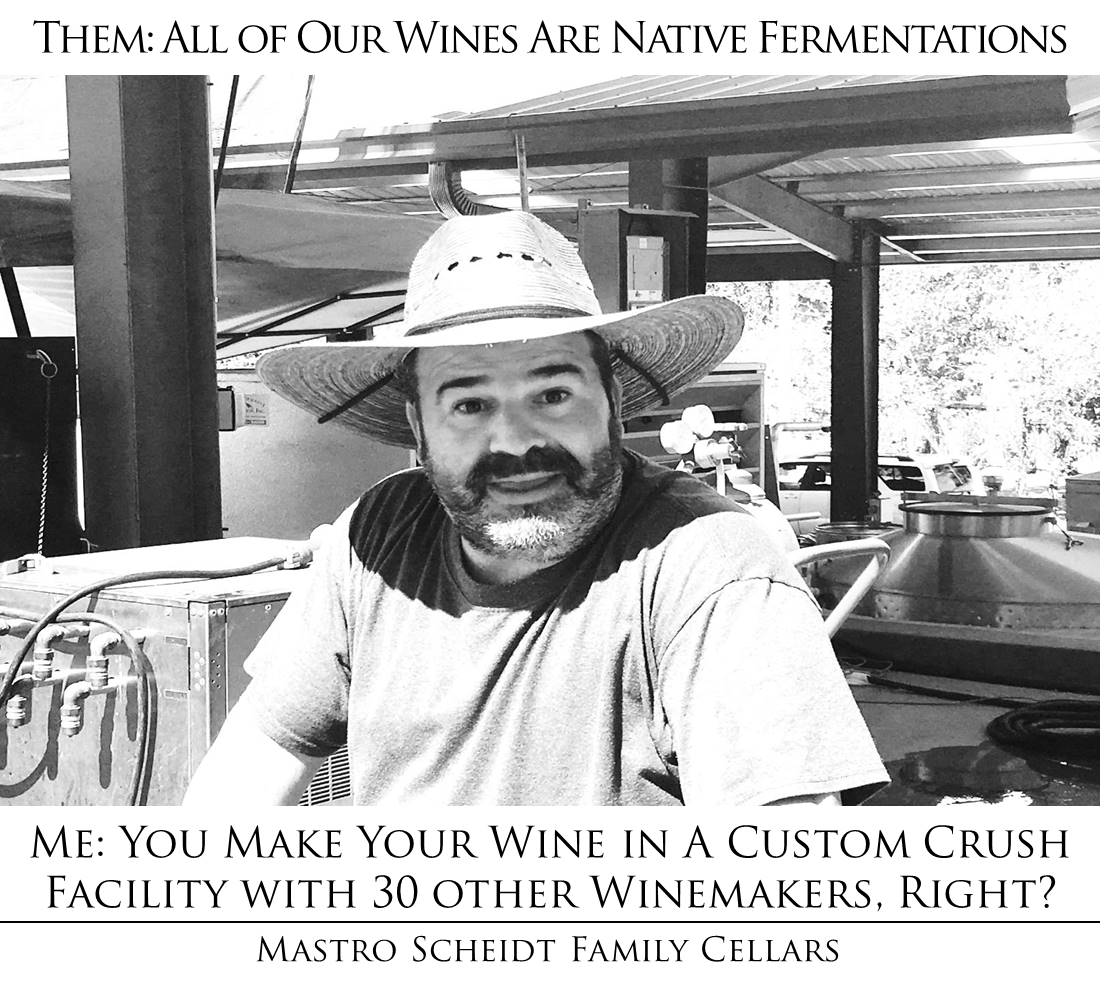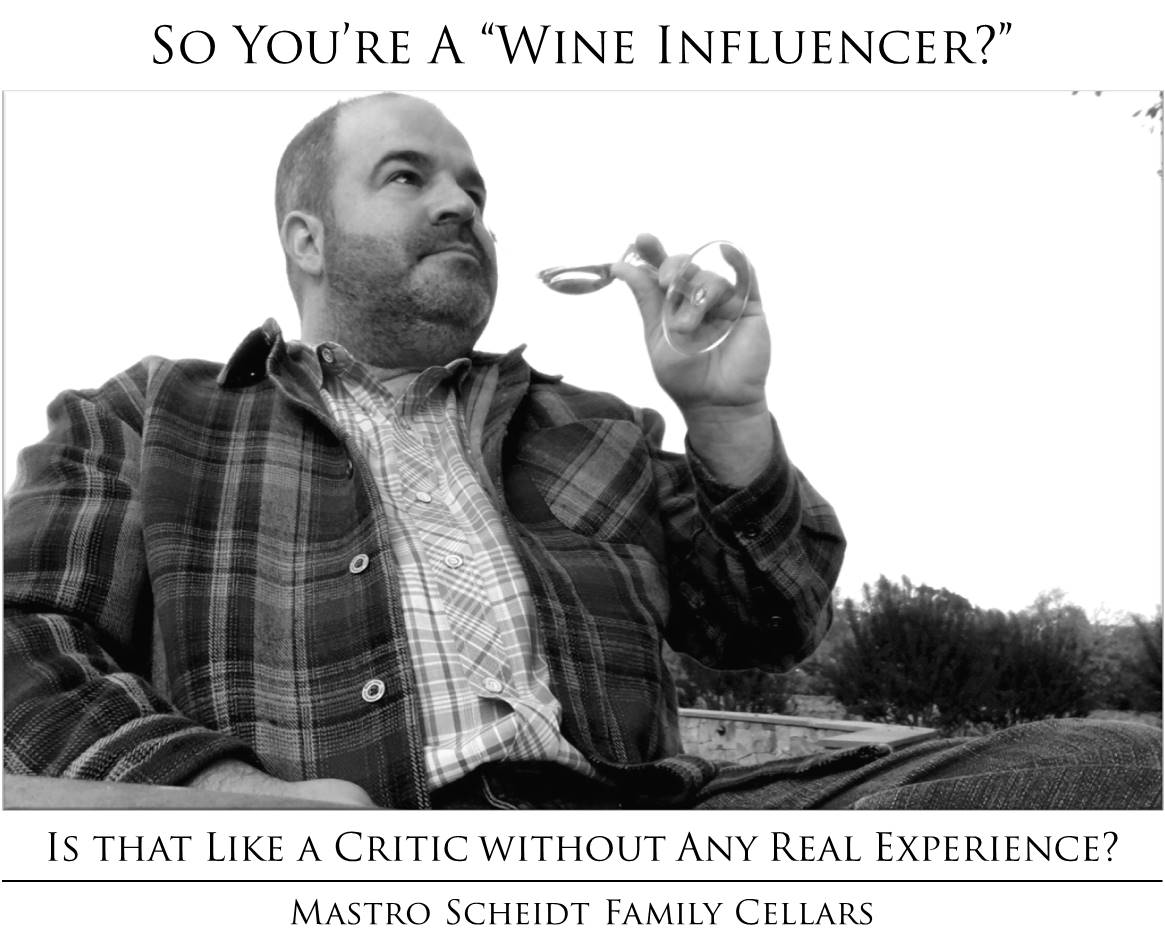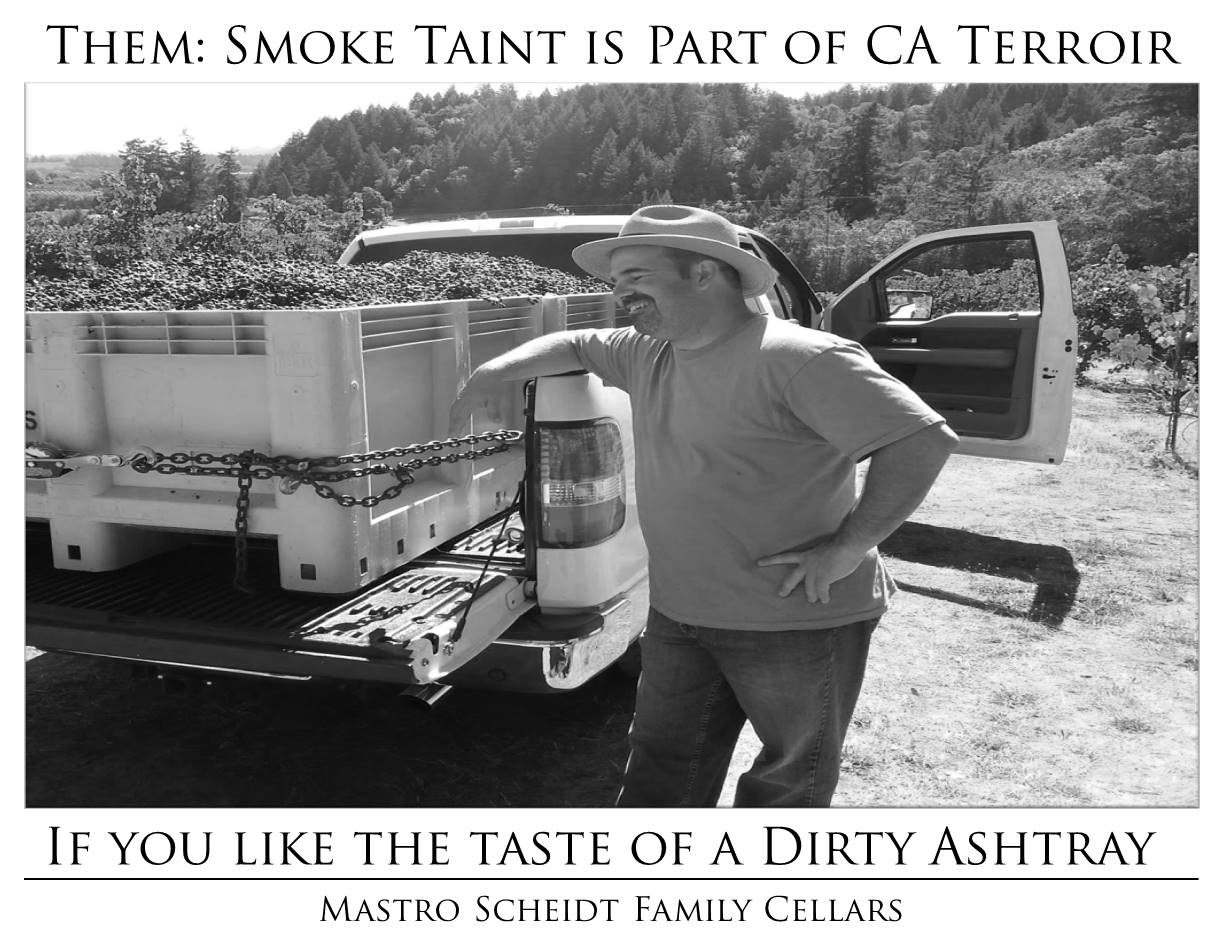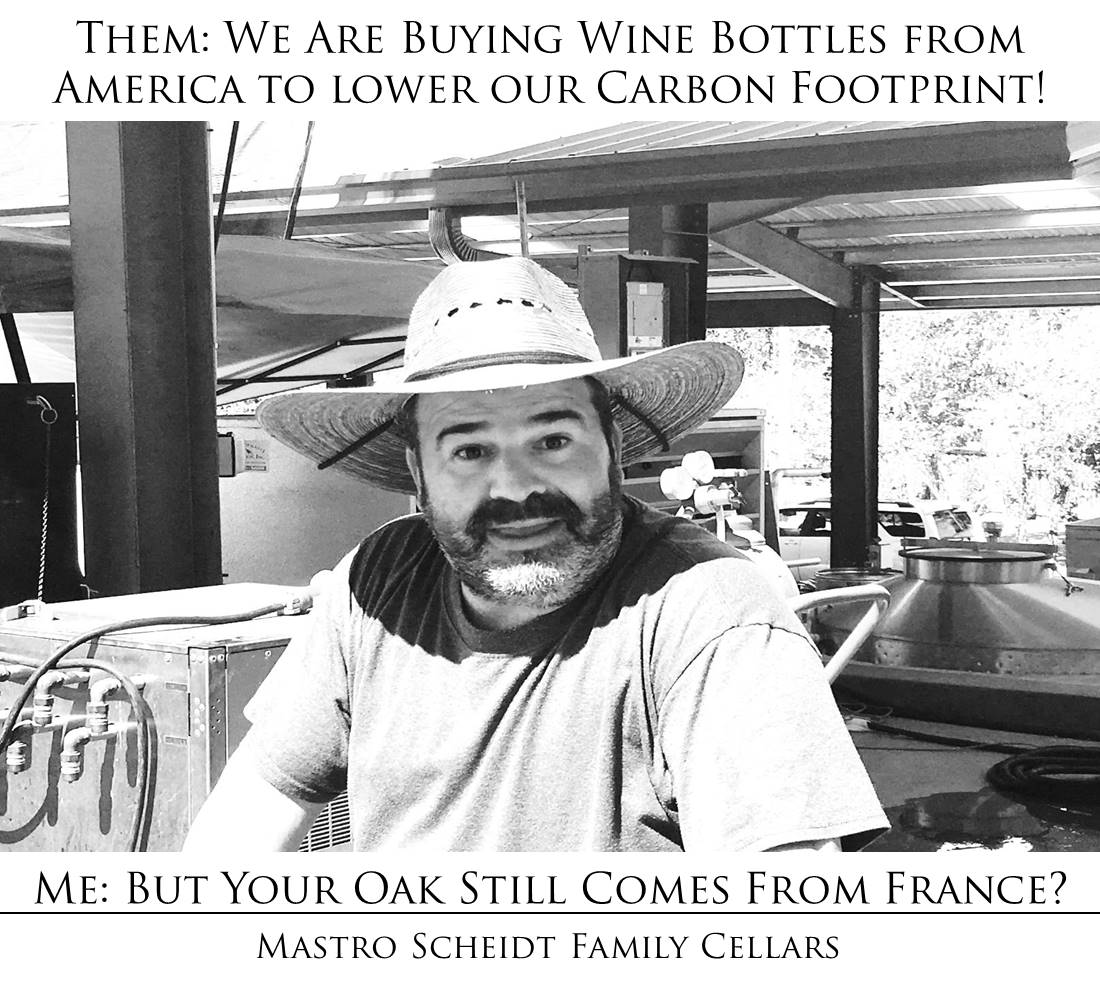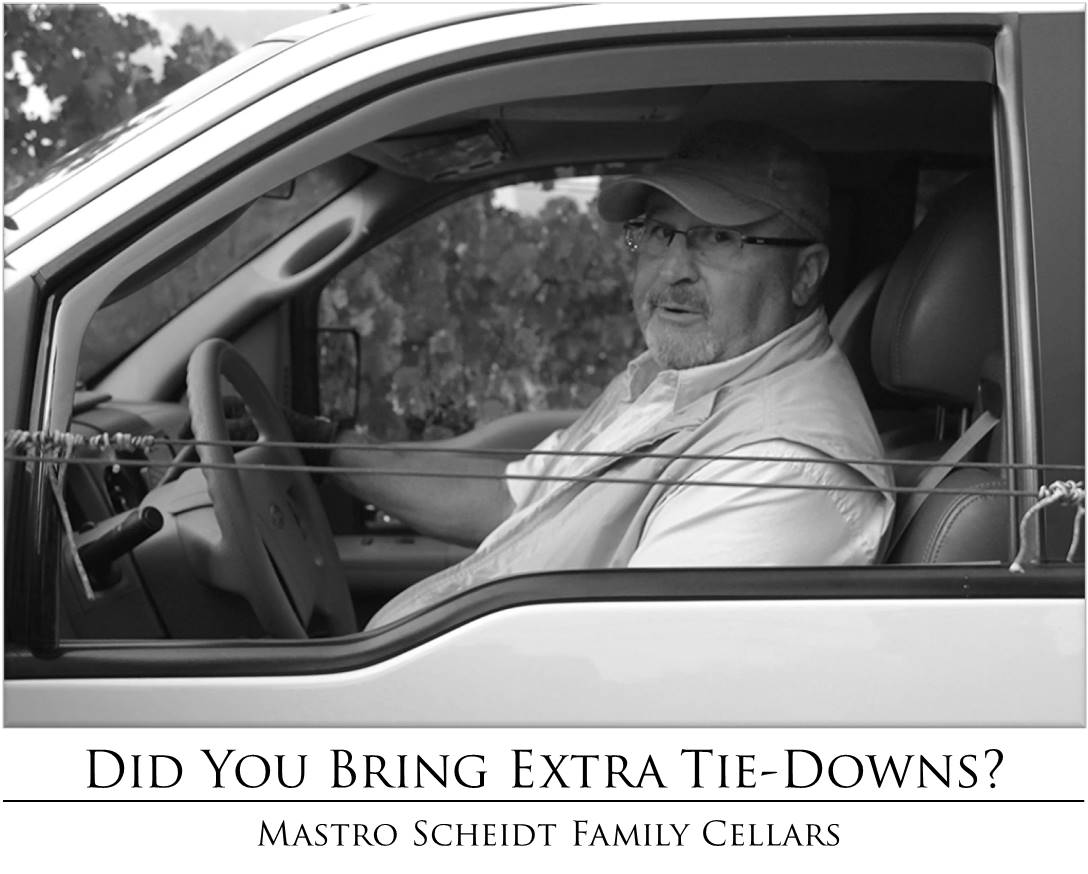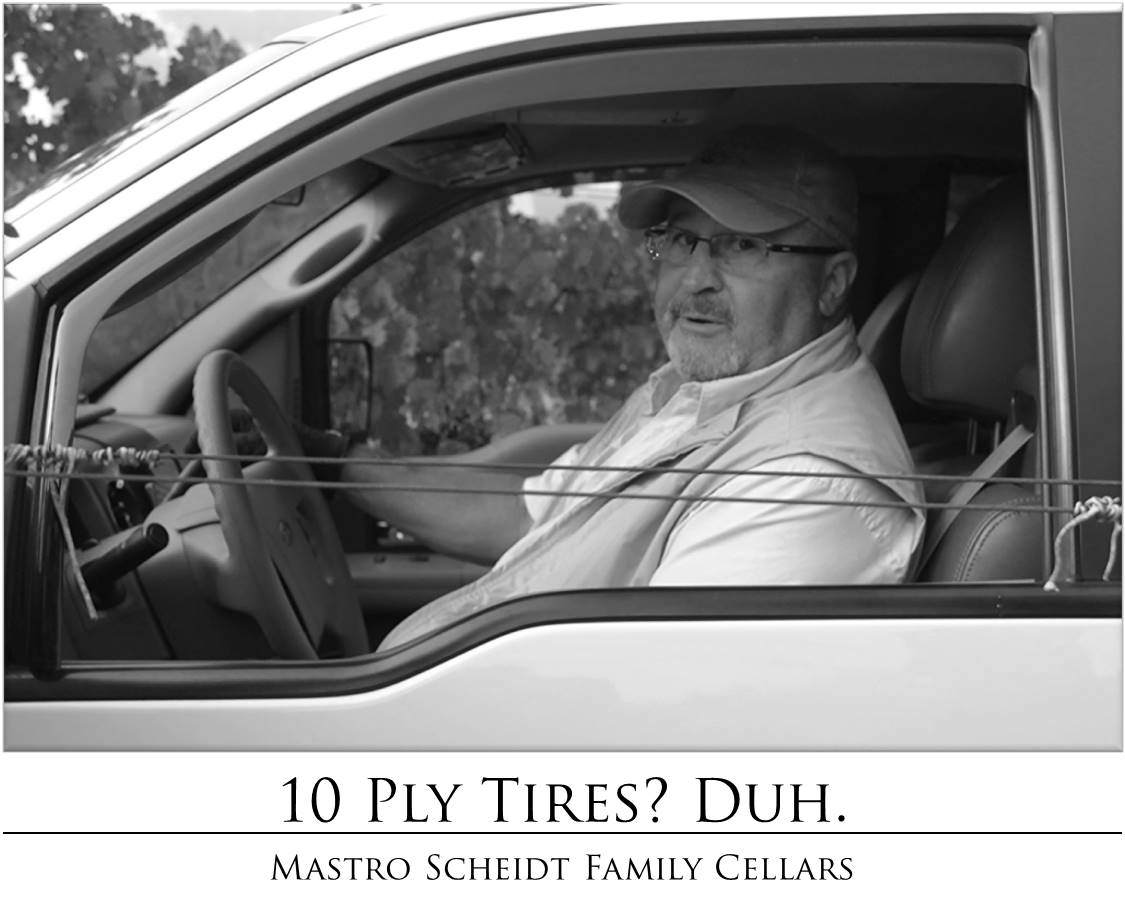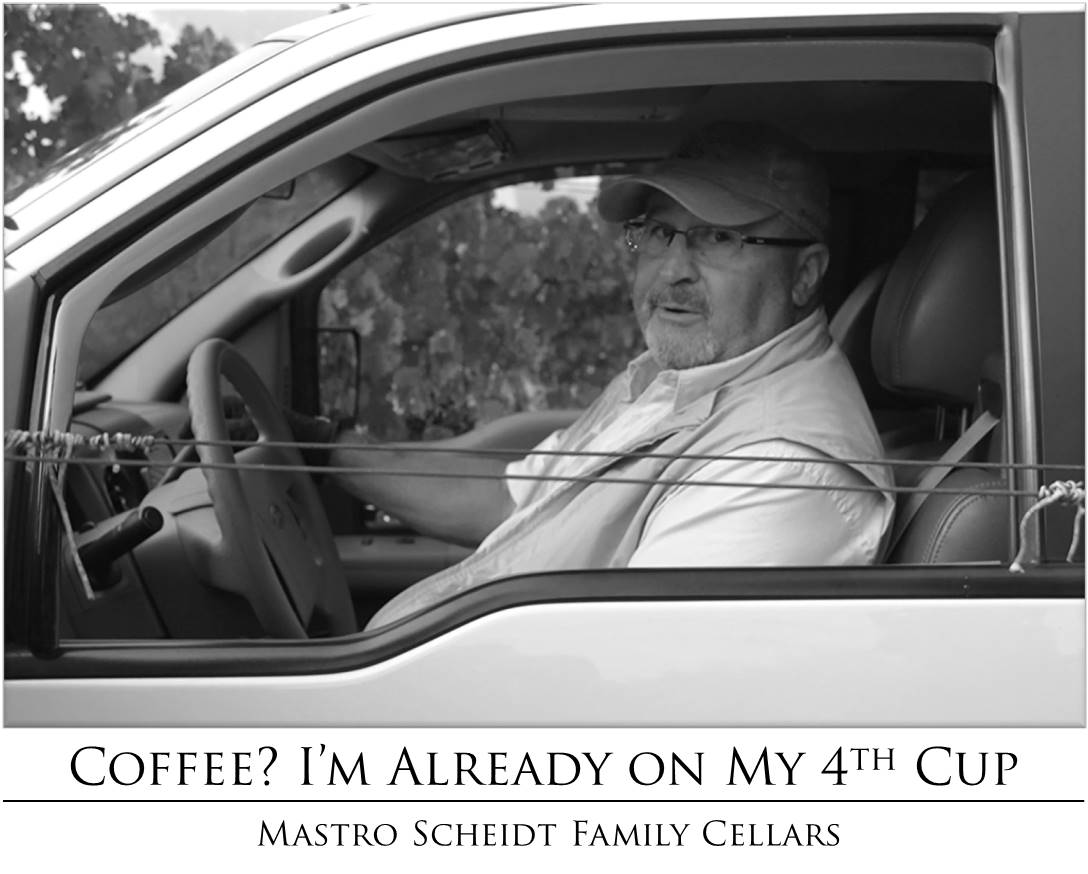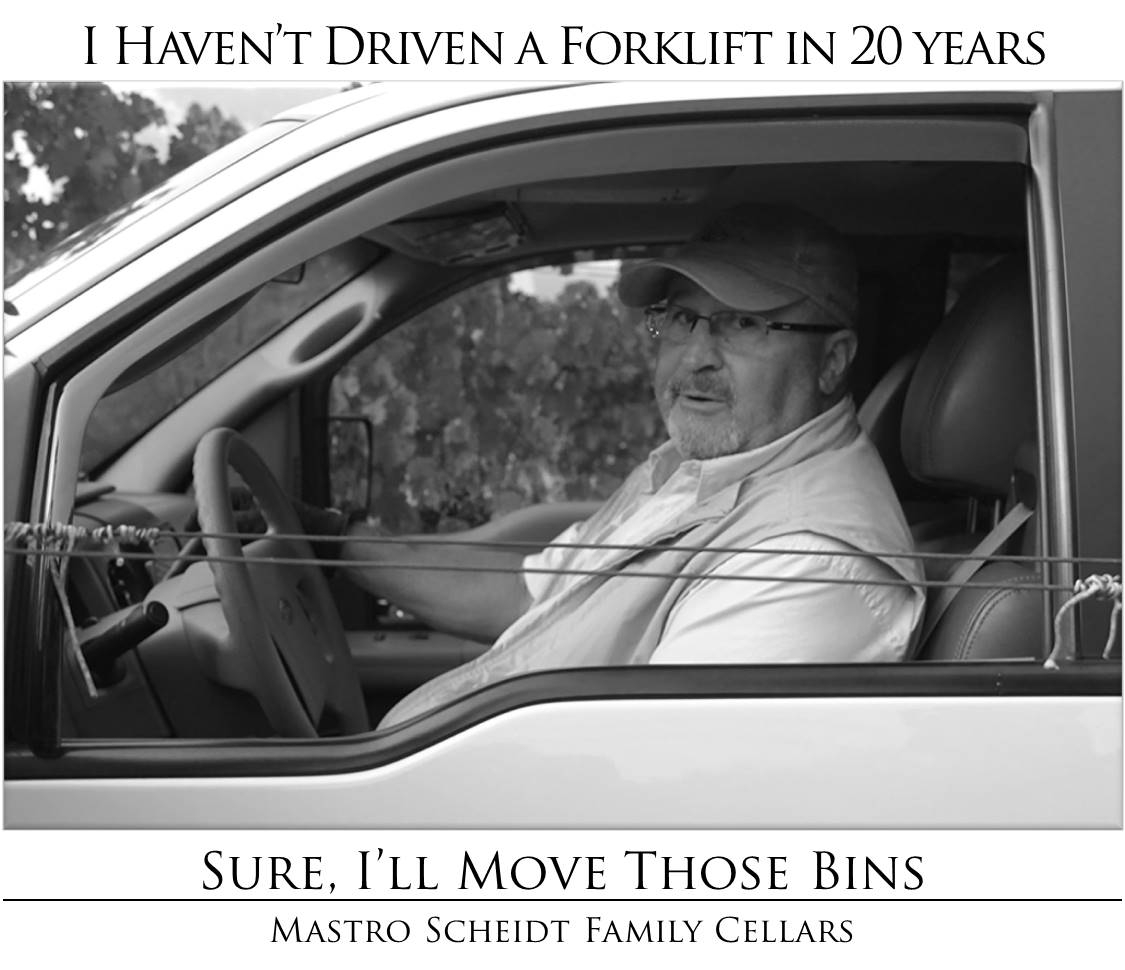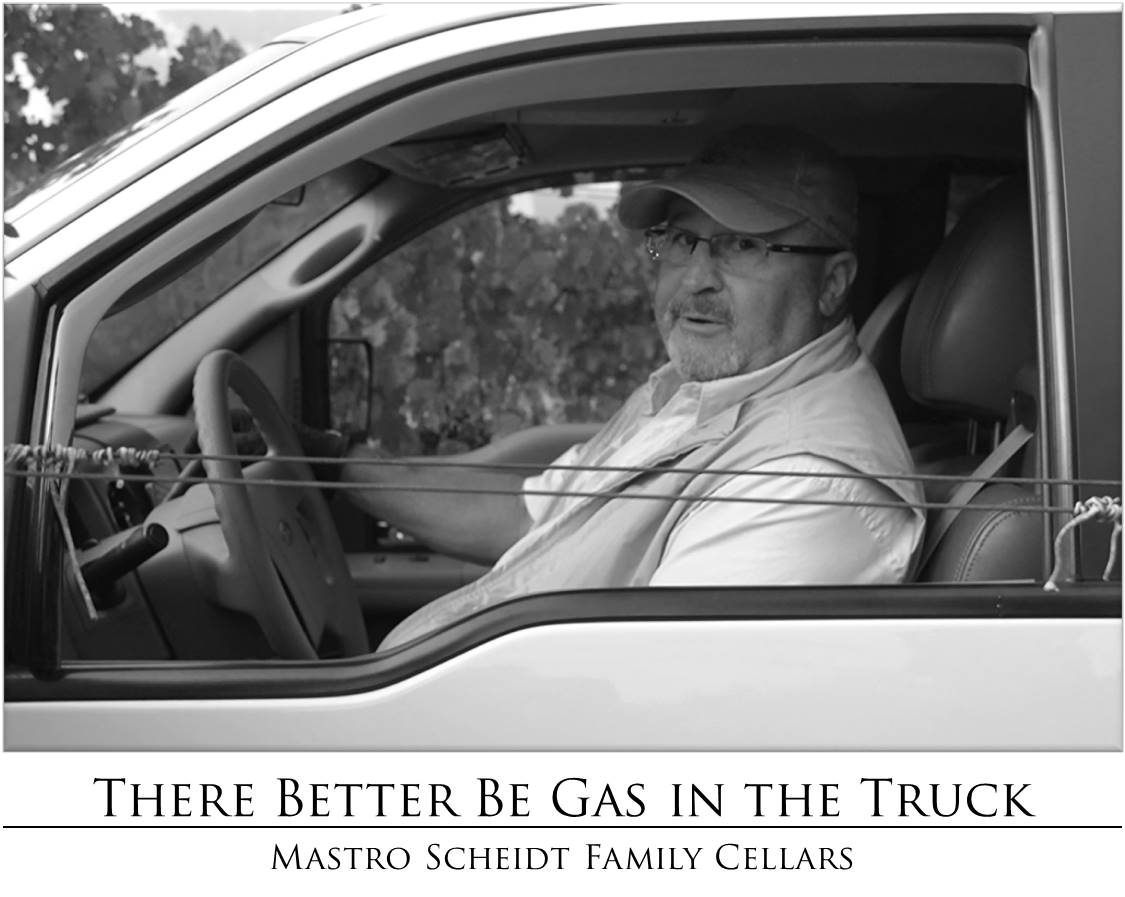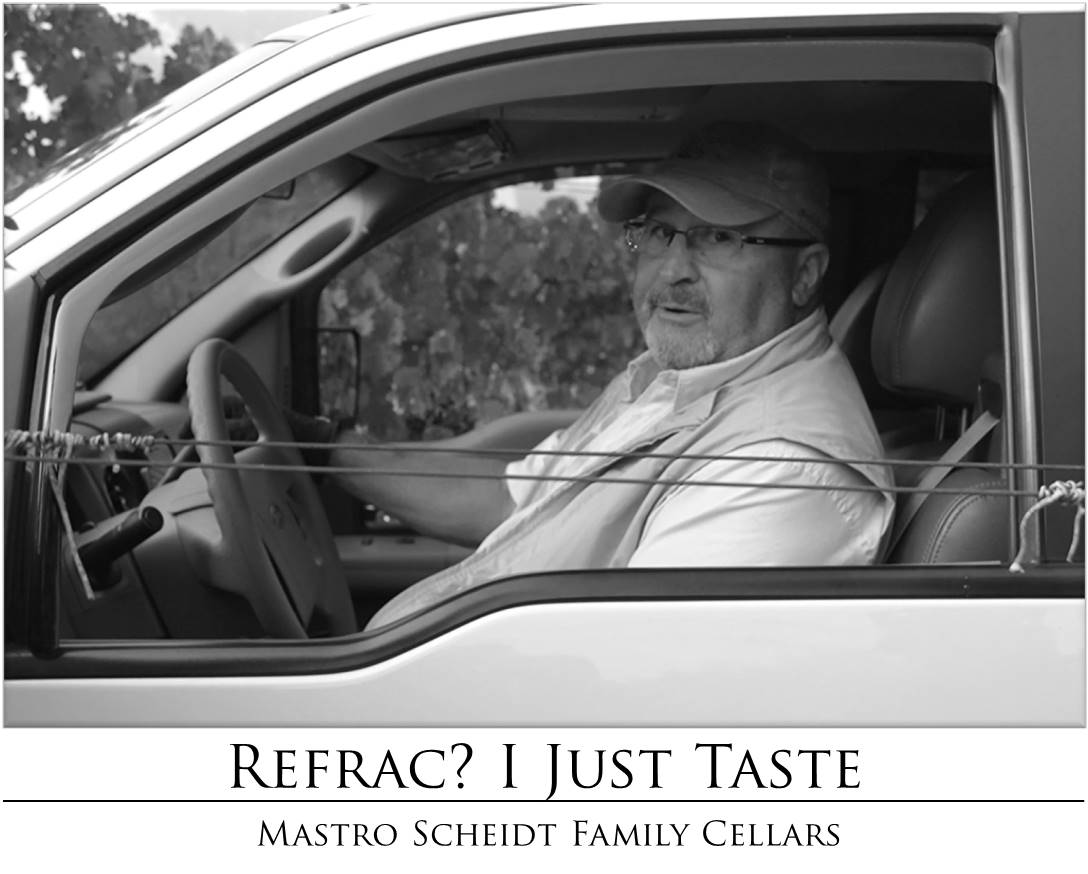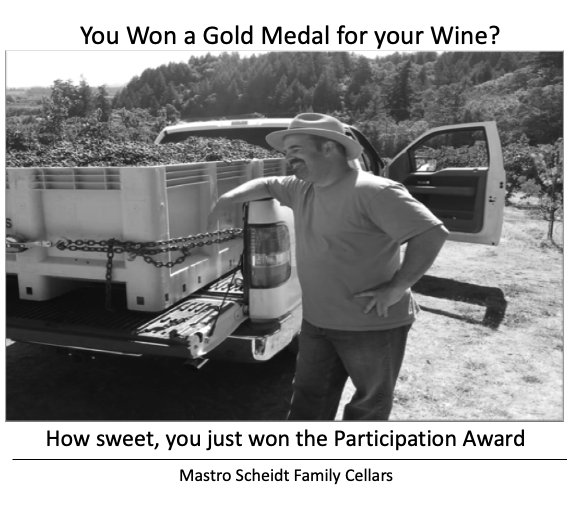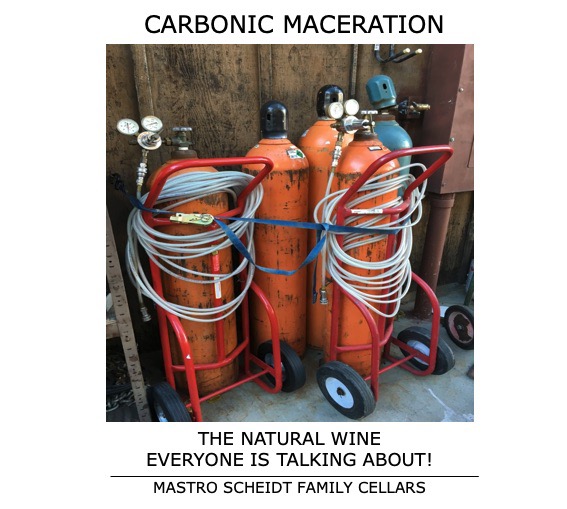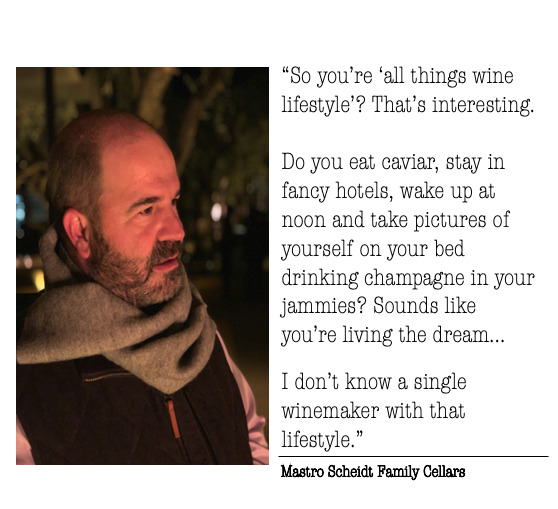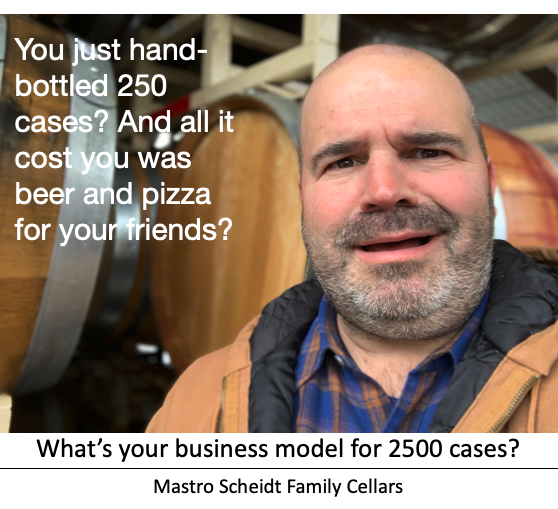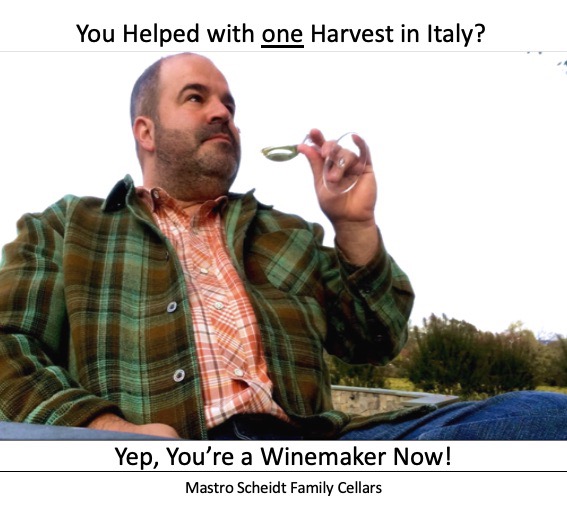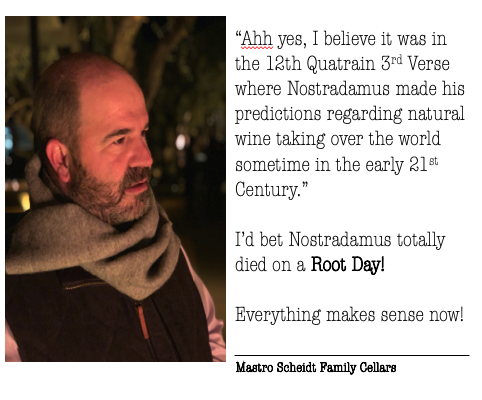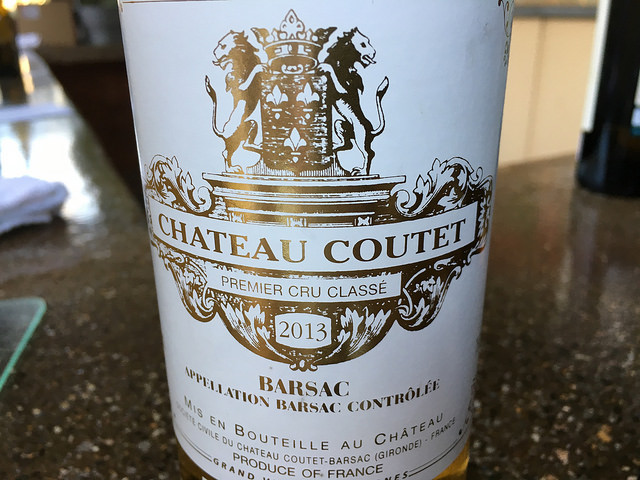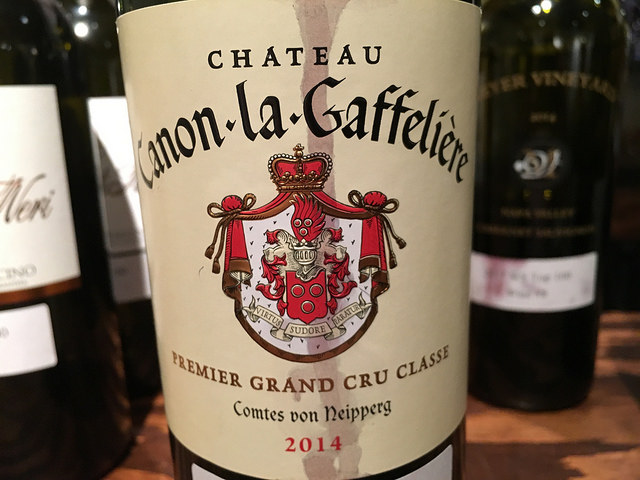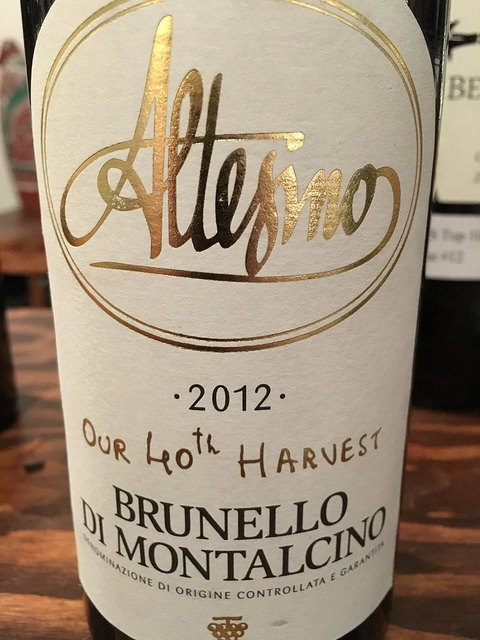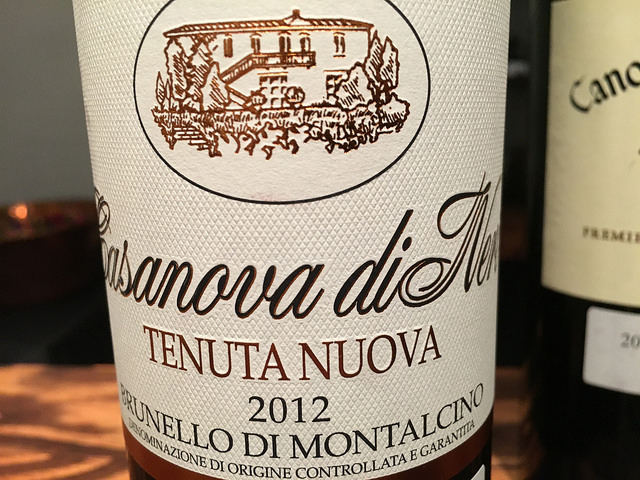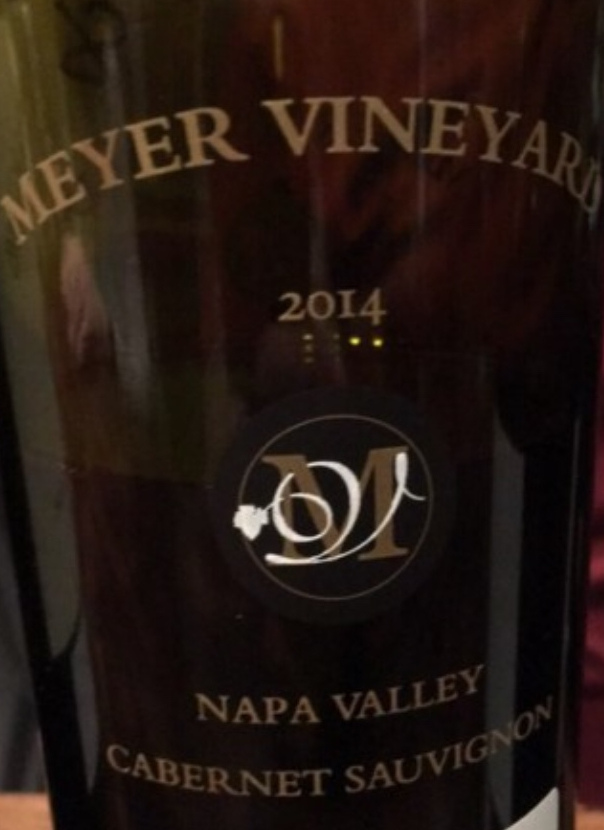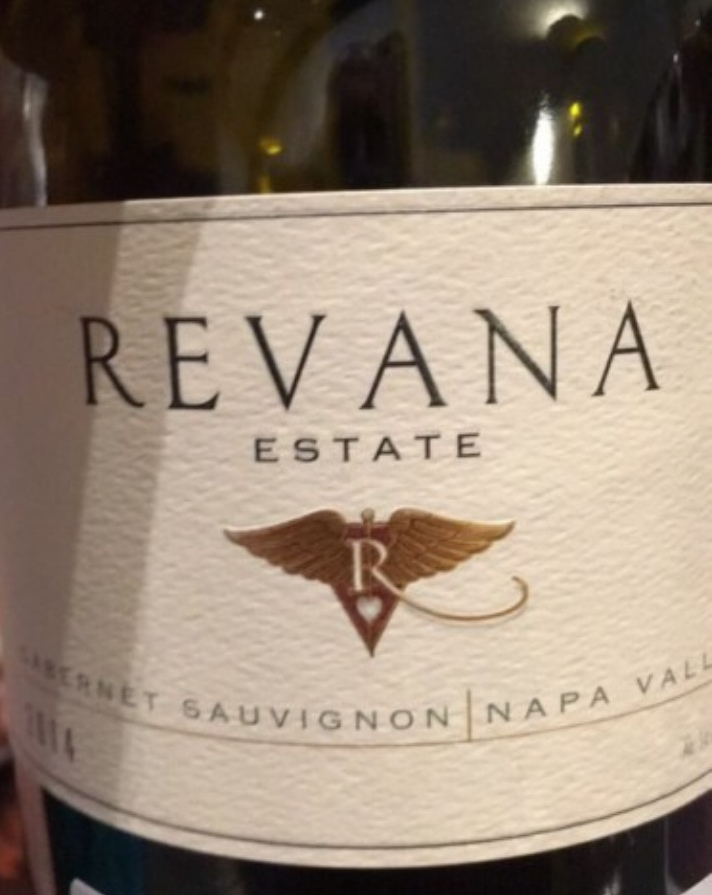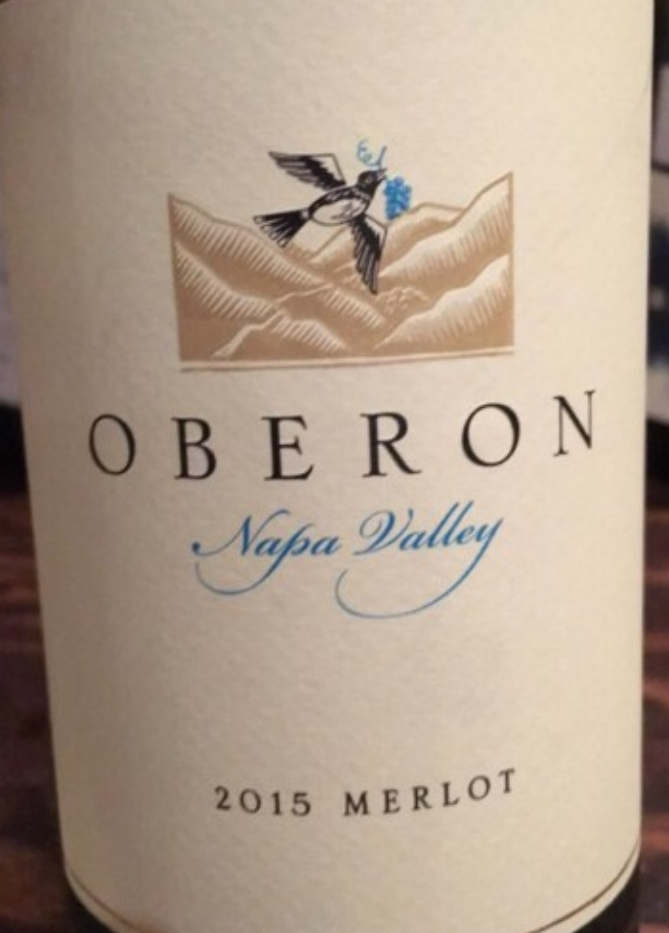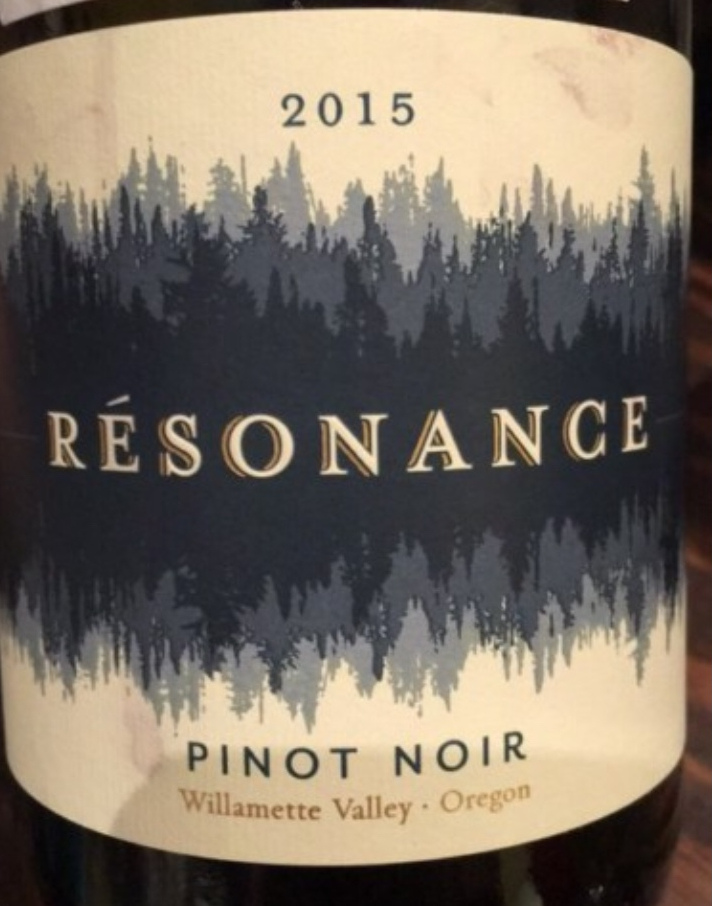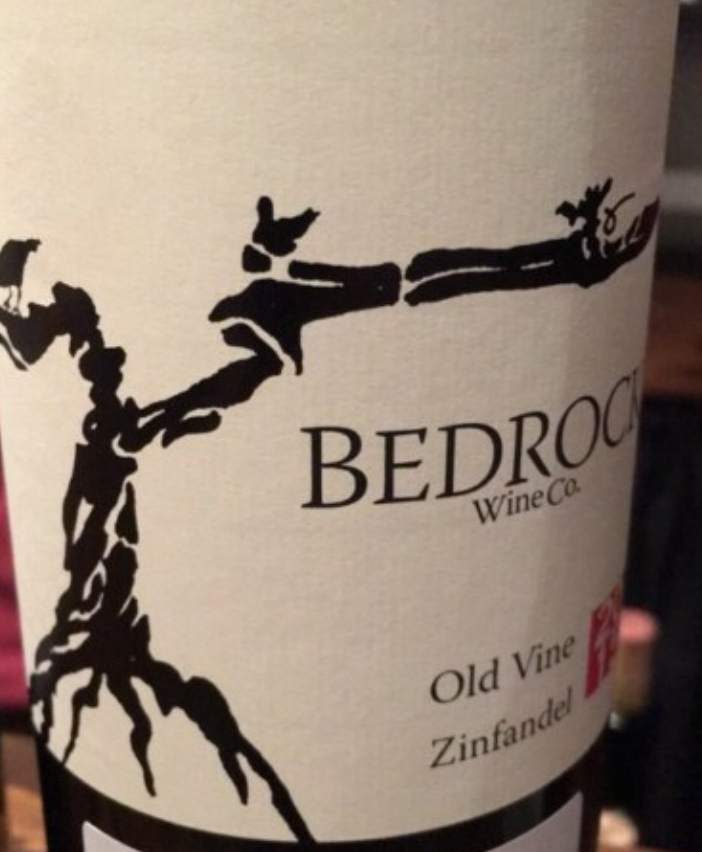Who wants to try a $500 wine? Or perhaps a $30 wine that tastes like pickle juice?
Part 1
I love being involved in wine tastings. Triple threat Chef/Somm/Proprietor Chris Shackelford has been holding open tastings for as long as I remember. Usually about 30 or so wines from around the world are poured, with a mix of anything from a $20mid-week sipper, natural wines, right on through a $500 cult Cab from Napa; basically something for everyone and every budget. Knowing how to taste at Shack’s event is key, everyone bum-rushes the most expensive Pinot first, so avoid that station. Rather, enjoy a glass of Riesling or Sparkling wine to start, as there should be enough Pinot to try in about 20 minutes.
Highlights from Shack’s tasting for me included the Hourglass HG III Red Blend 2016 out of Napa, a Merlot heavy wine and rather enjoyable this early for $55, it’s warm-weather, modern, with some oak, but it totally works. The Schrader RBS To-Kalon Beckstoffer 2015 is pure clone 337 Cabernet on a specific French oak for 20 months, which allows me to see what a very pure expression of Cabernet tastes like in the modern style. I work with clone 337 in Dry Creek, so it’s helpful to see where other winemakers take the fruit. For something with some bottle age and grace, a 1985 Forman Cabernet, Napa Valley was a dramatic contrast to the Hourglass or Schrader. The 85 Forman came in at 12.8% alcohol and drinking as you would expect a wine of pedigree from that era, wonderfully. Looping back to Pinot, the 2015 Trombetta Pinot Noir Sonoma Coast was my favorite in the line-up. Oh, there was a Scarecrow in there too, yawn…(that’s because I didn’t get any).
From the Shackelford tasting there were a few wines of the 'natural' category (not pictured). Pickle juice and brett showed up in back-to-back wines where flaws become flavors to some. It’s tough for me and other winemakers to be blatantly honest about many of these wines, as some of the winemakers are our peers and friends. Some of the stuff is just plain horrible and it gets an audience, simply because it’s different, not good. In fact, Sonic Burger just announced a Pickle Juice Slushie just in time for summer. Combine that with kombucha sales and maybe there’s a trend for vinegar based beverages. I’m just tasting volatile acidity (VA) and poorly made wines from producers who know better.
Perhaps among ancient Rome’s peasants, having a wine that tasted like pickle juice and had 10% alcohol in it was better than dysentery or cholera, but we live in modern times and I don’t want wine that tastes like pickle juice. Let’s face it, you messed up your ferment and you have to sell it, I get it, bulk it out next time and call it a day.
I'll post Part 2 of my all-day tasting with a post entitled Back in the Game and a double blind tasting.





